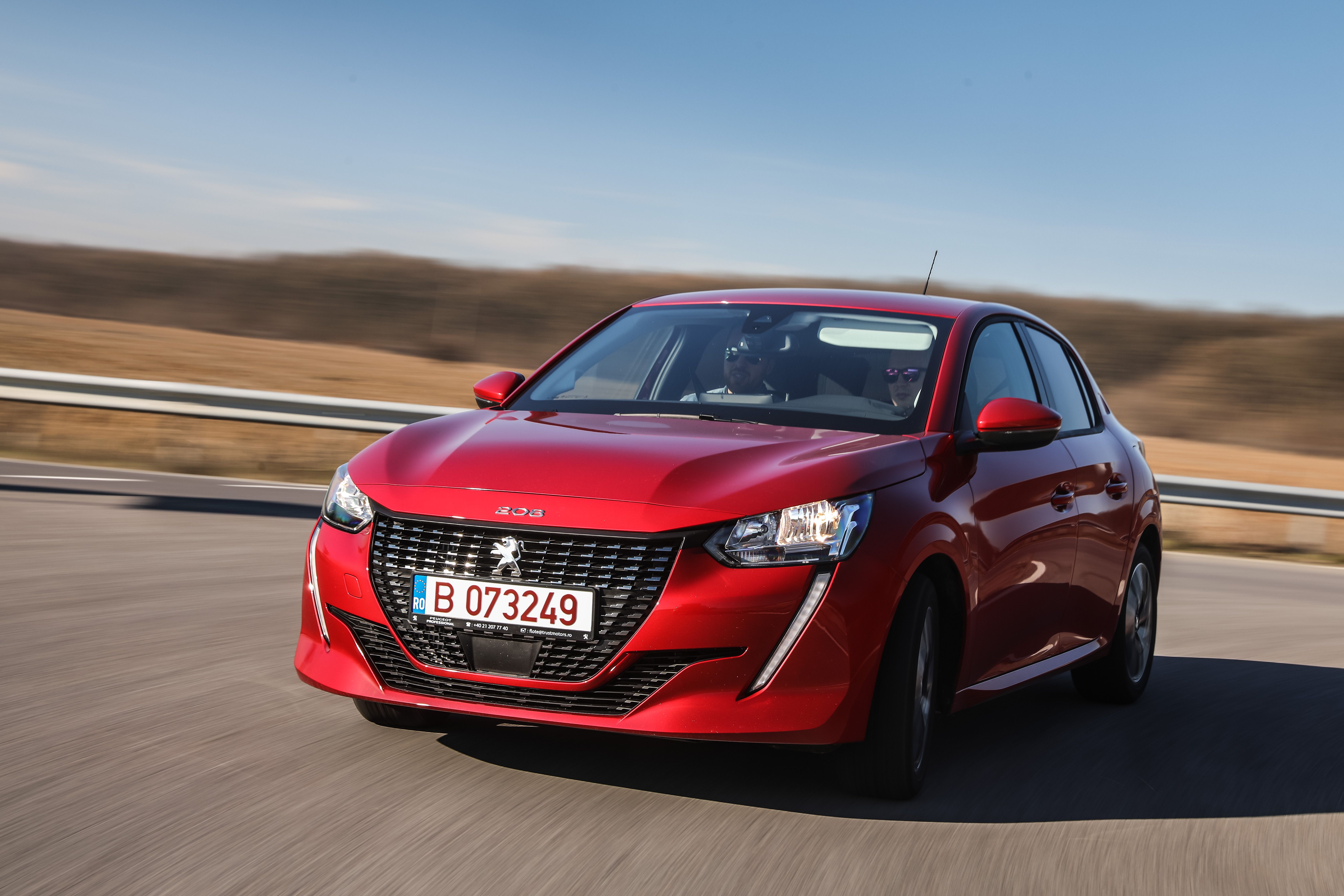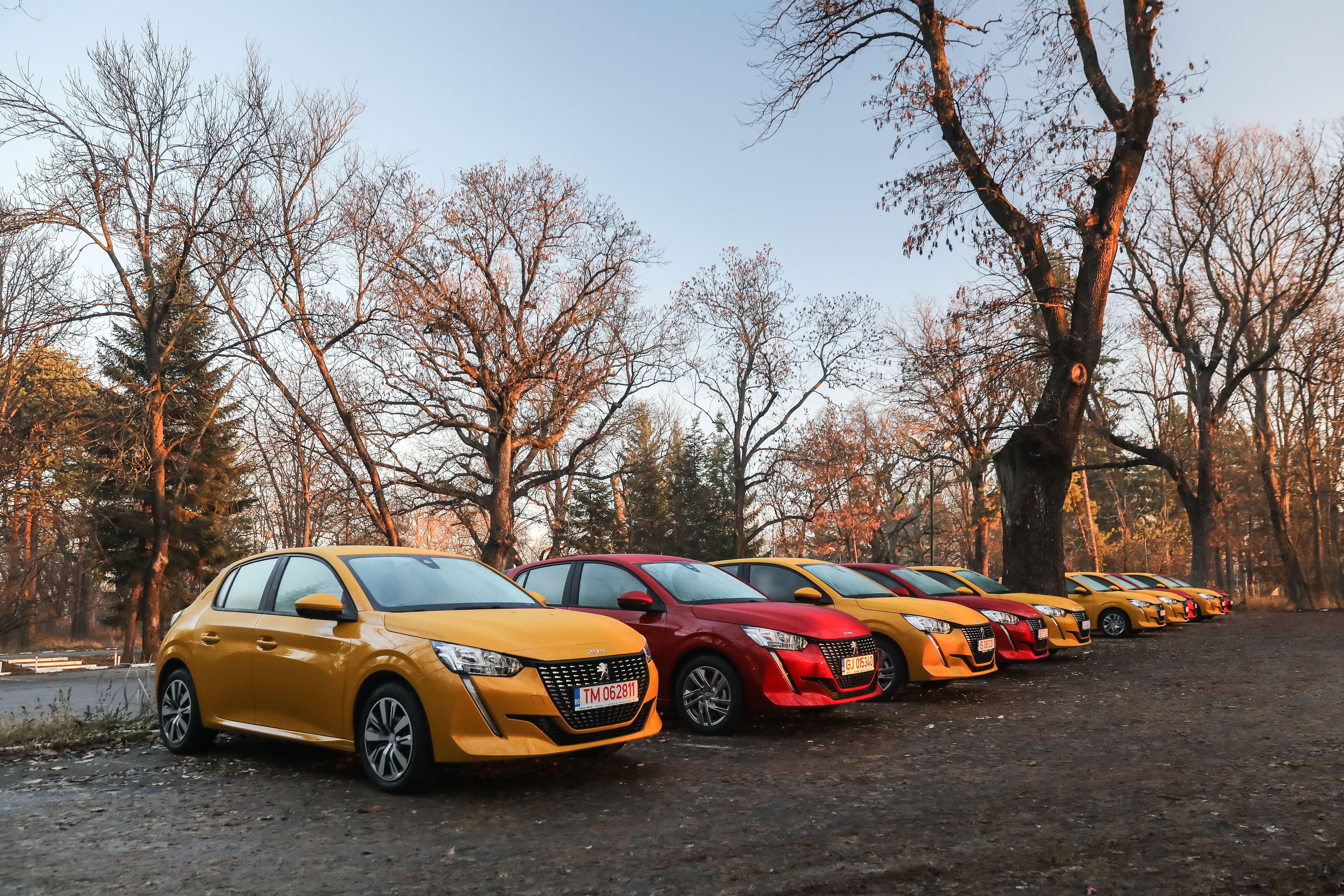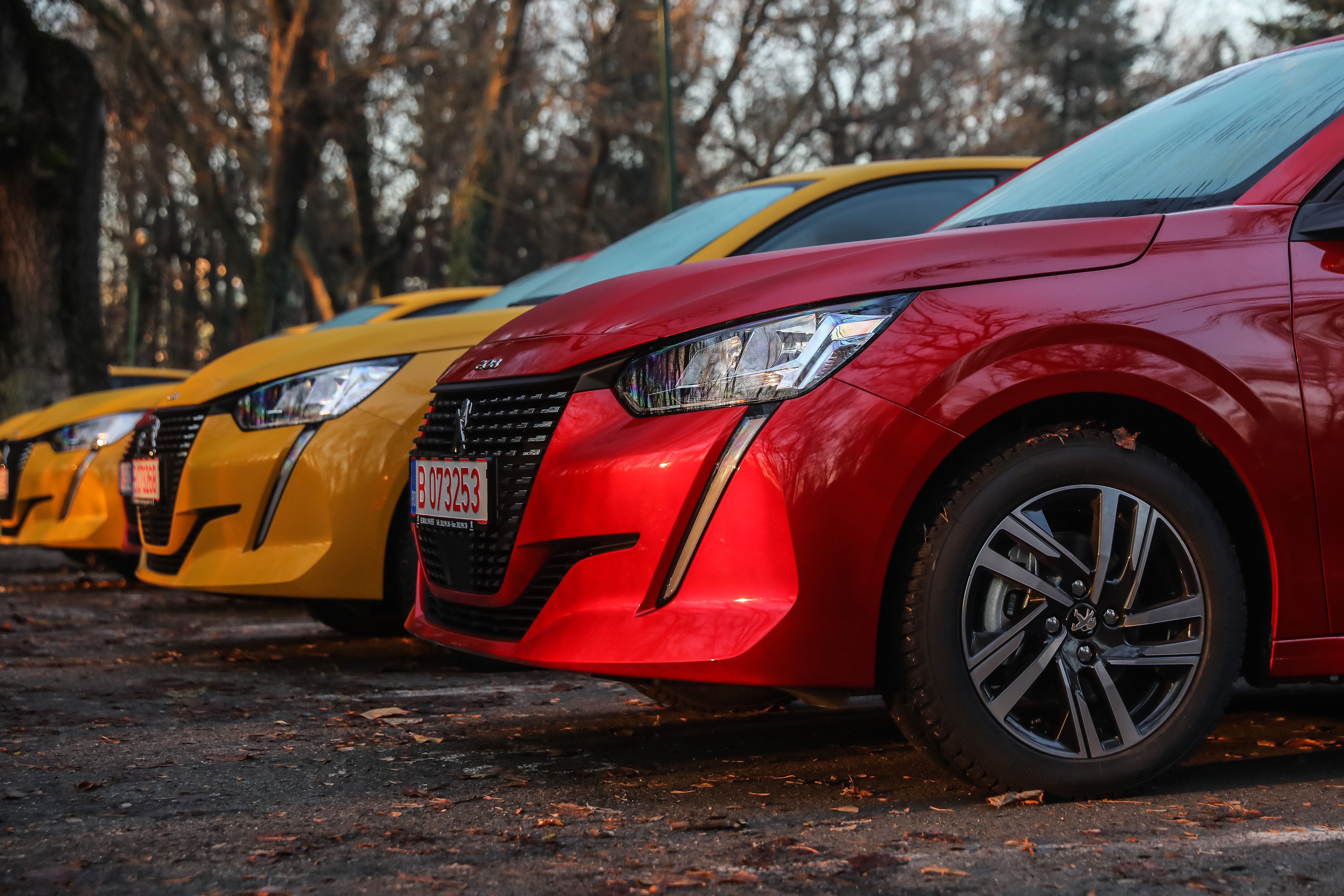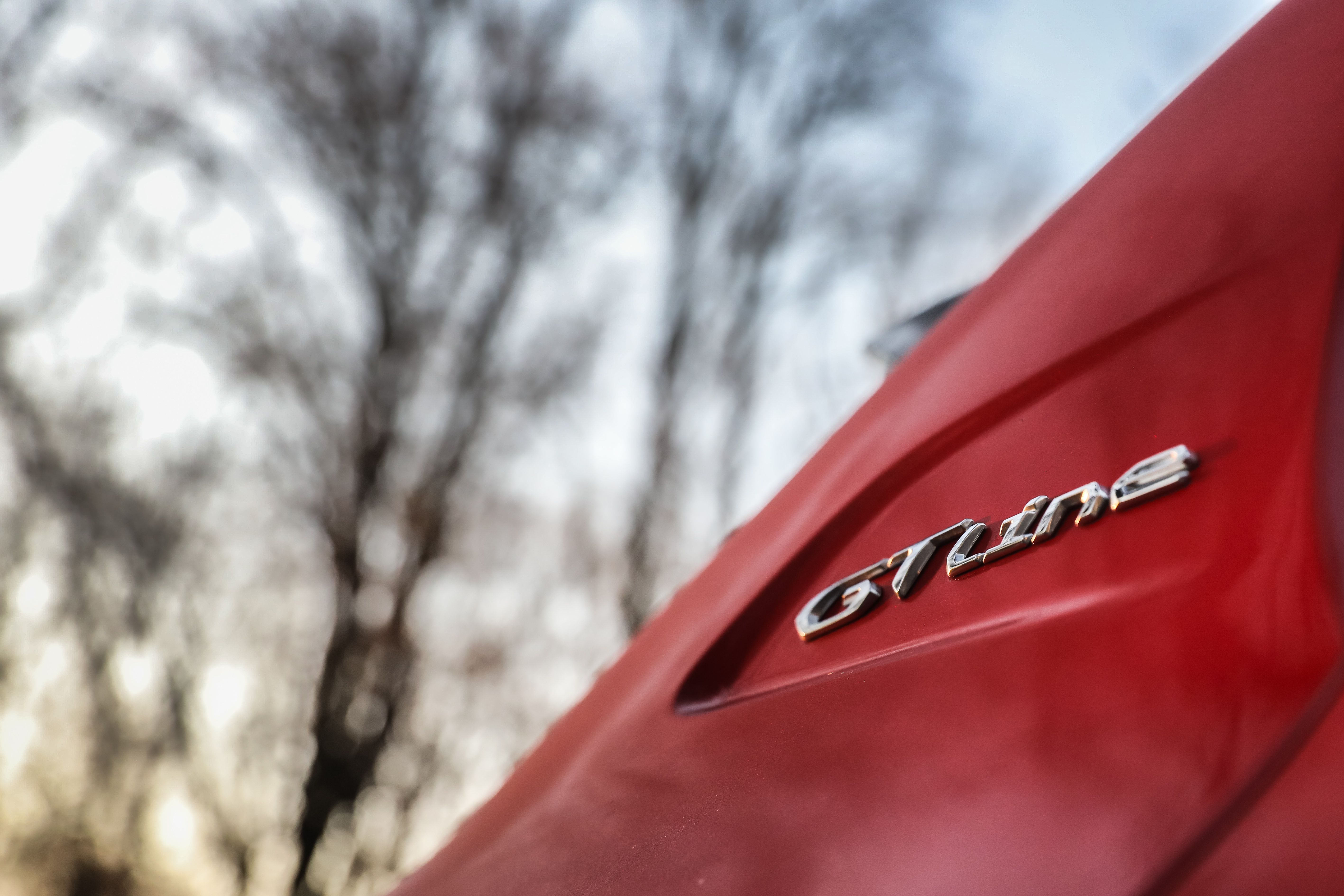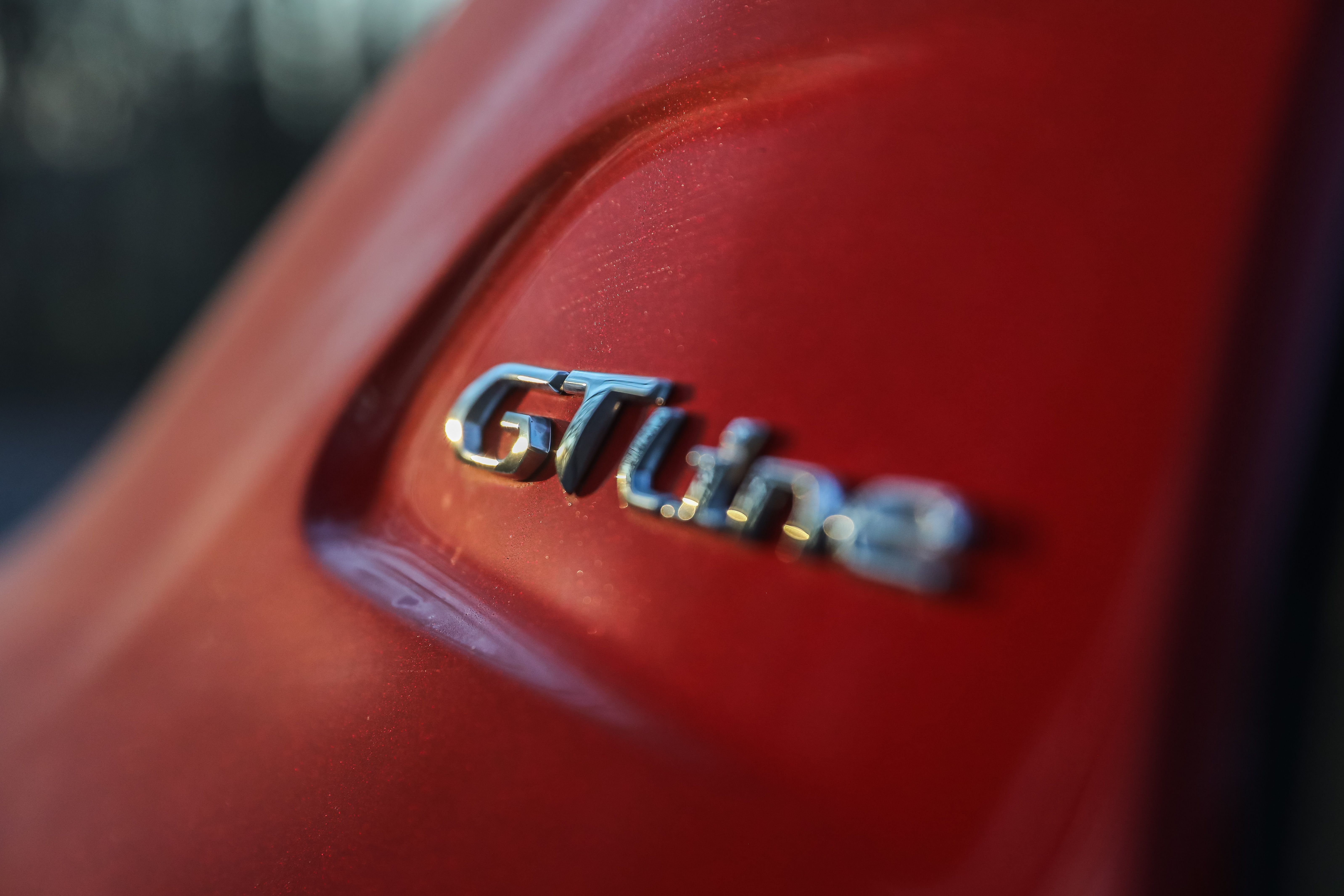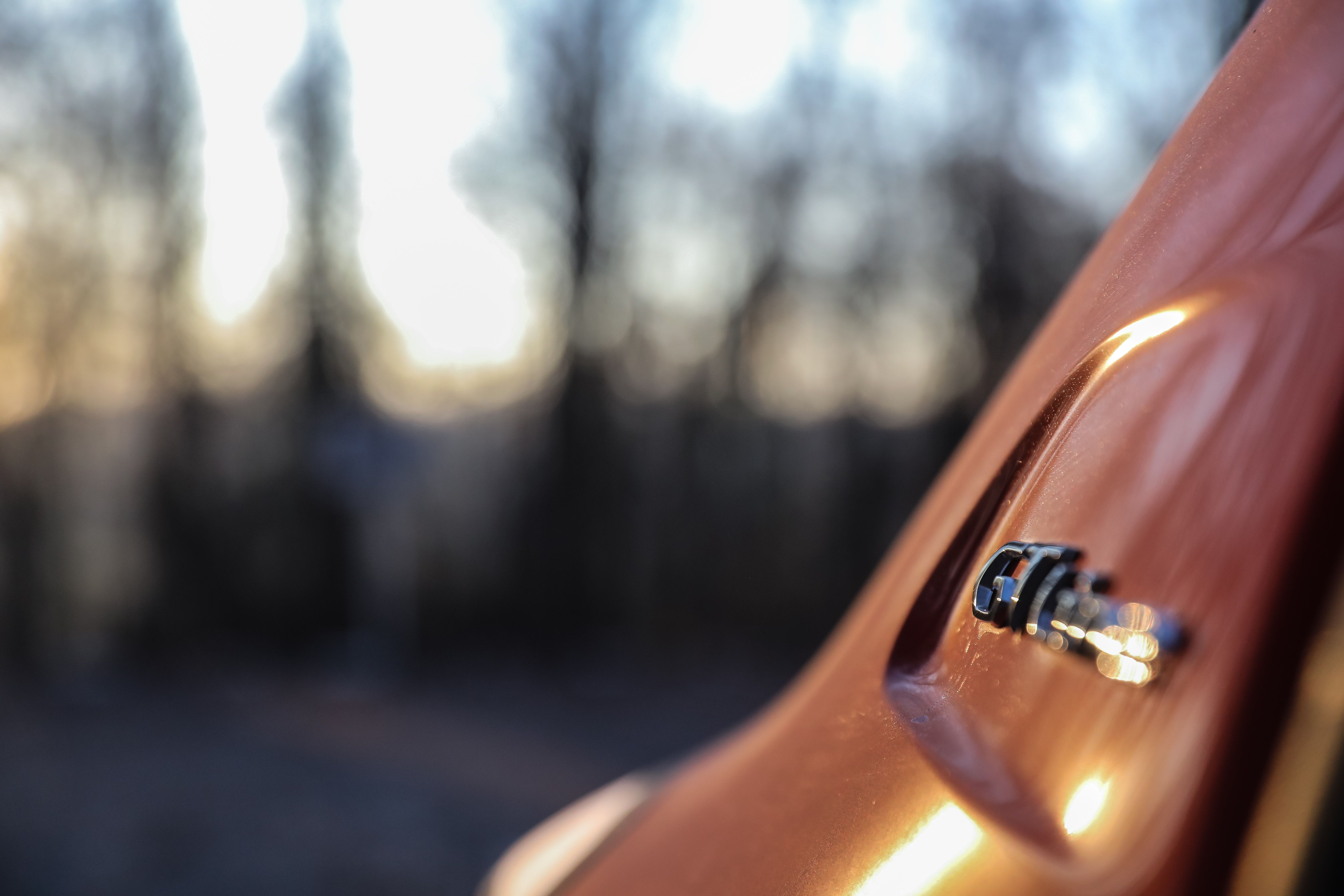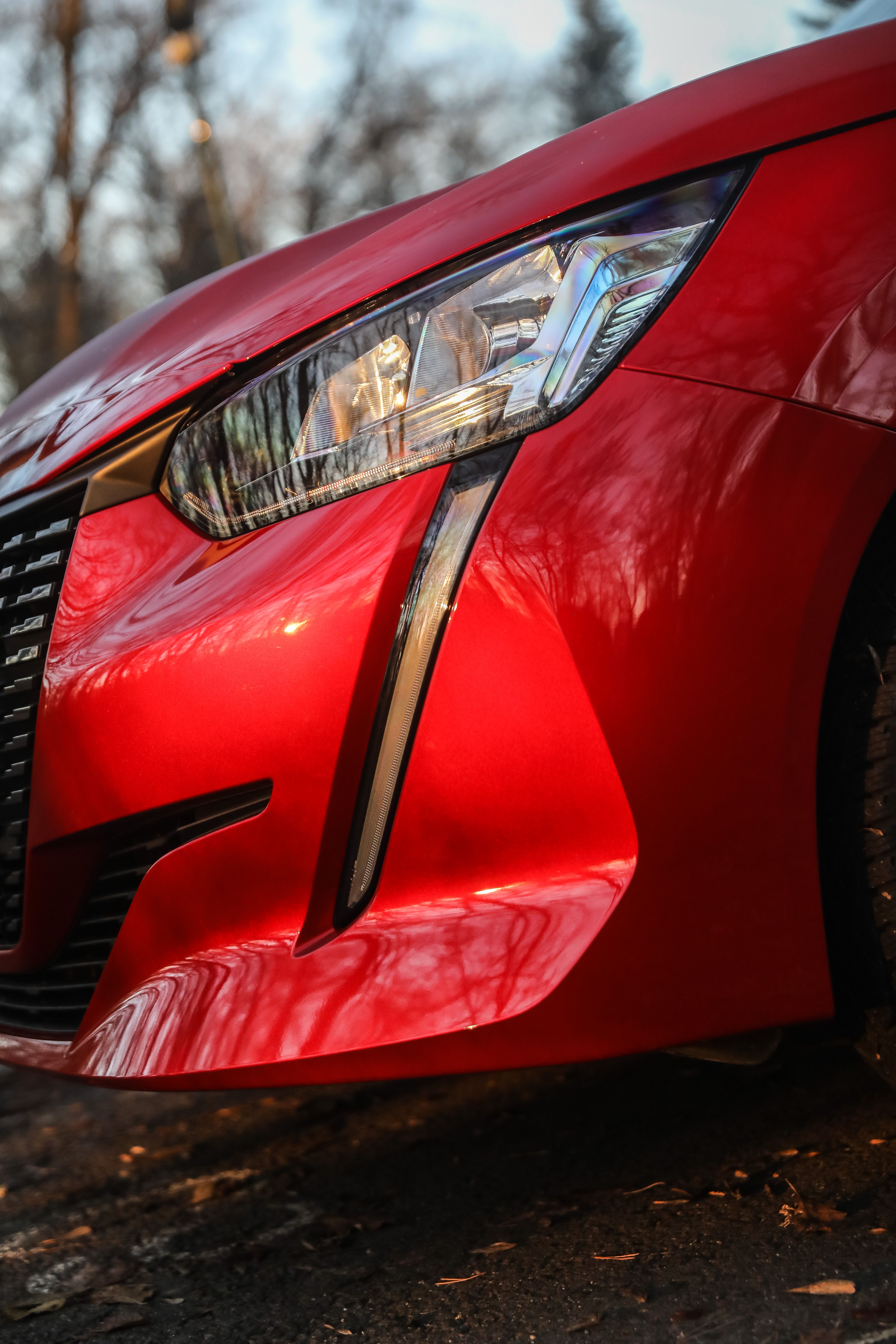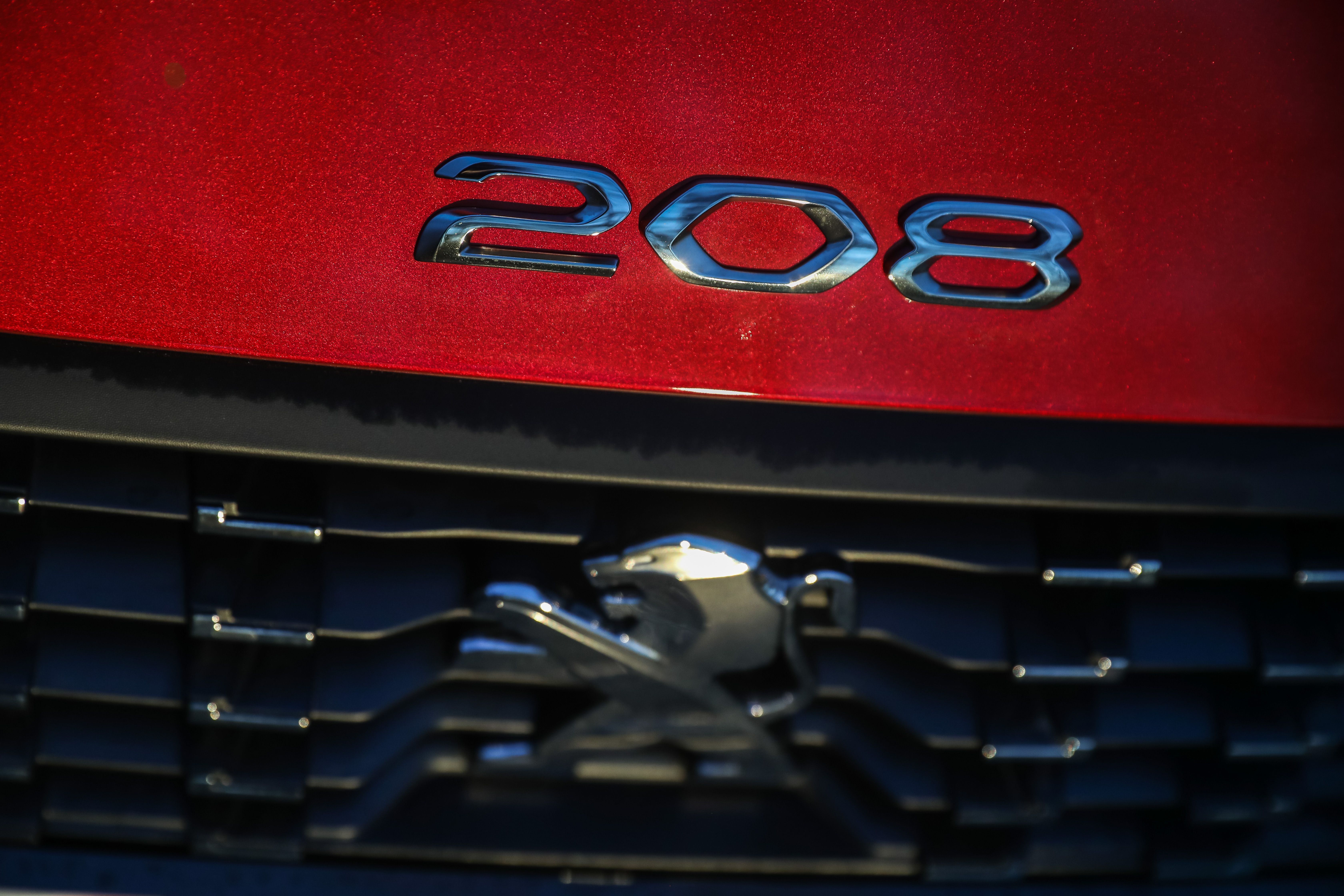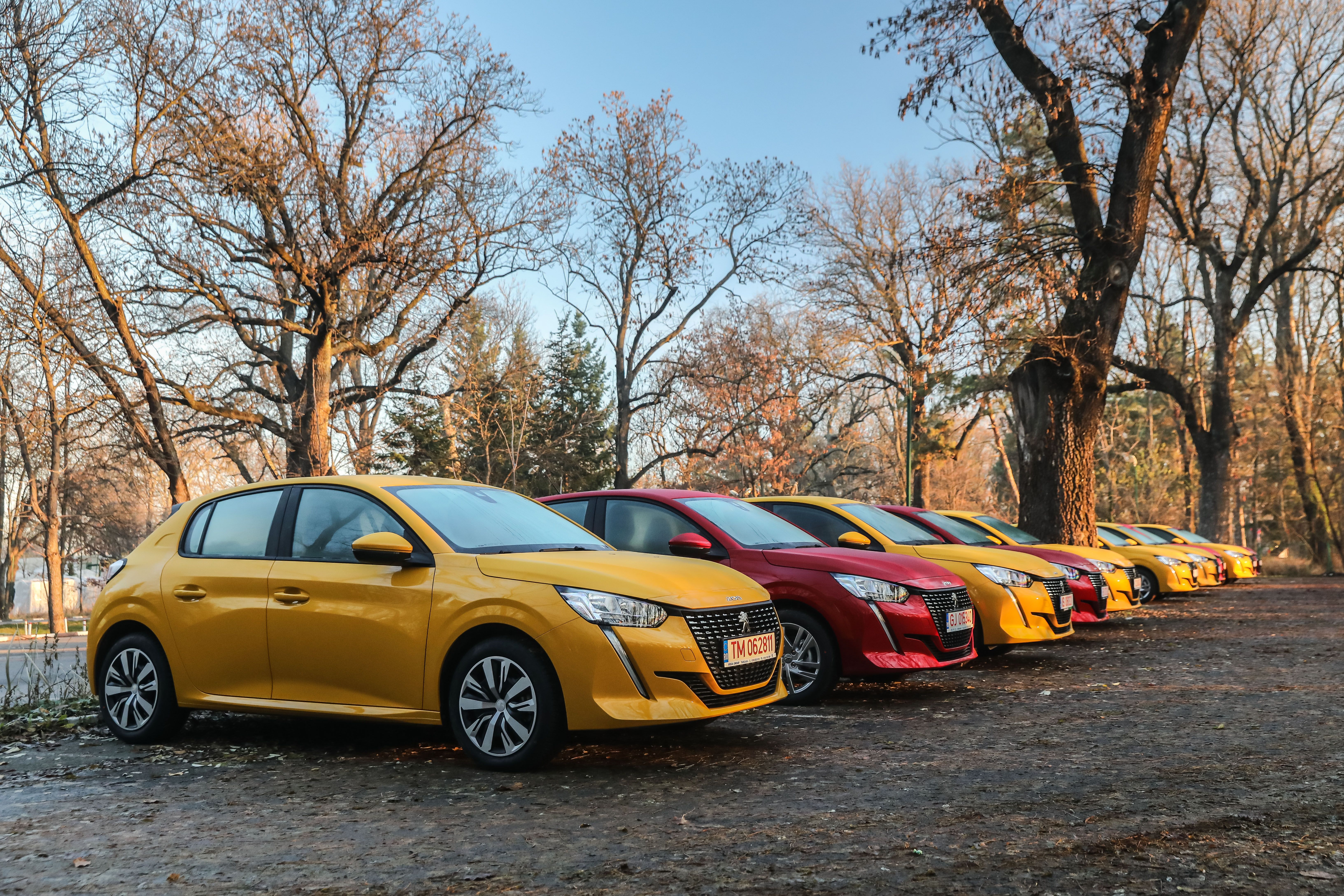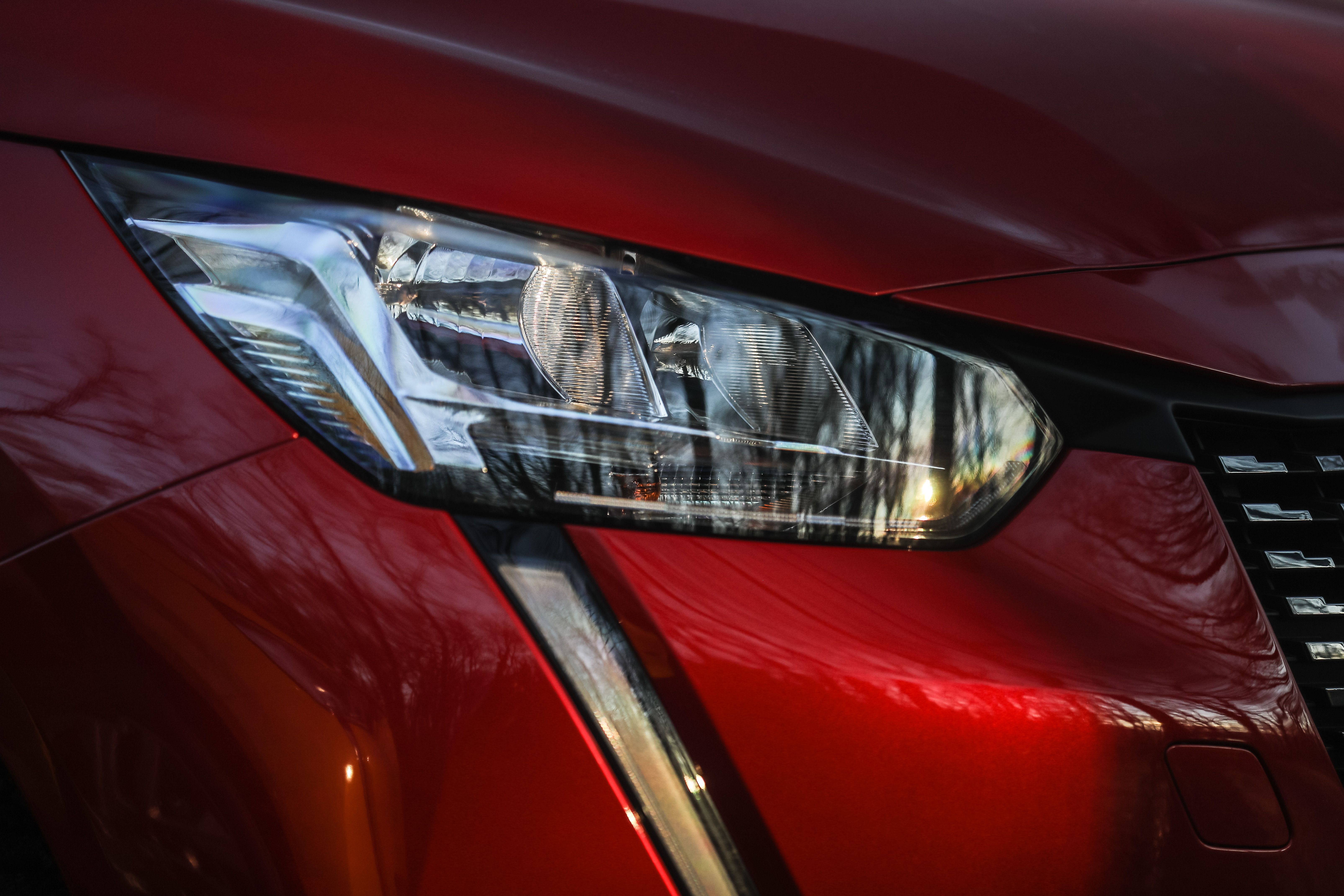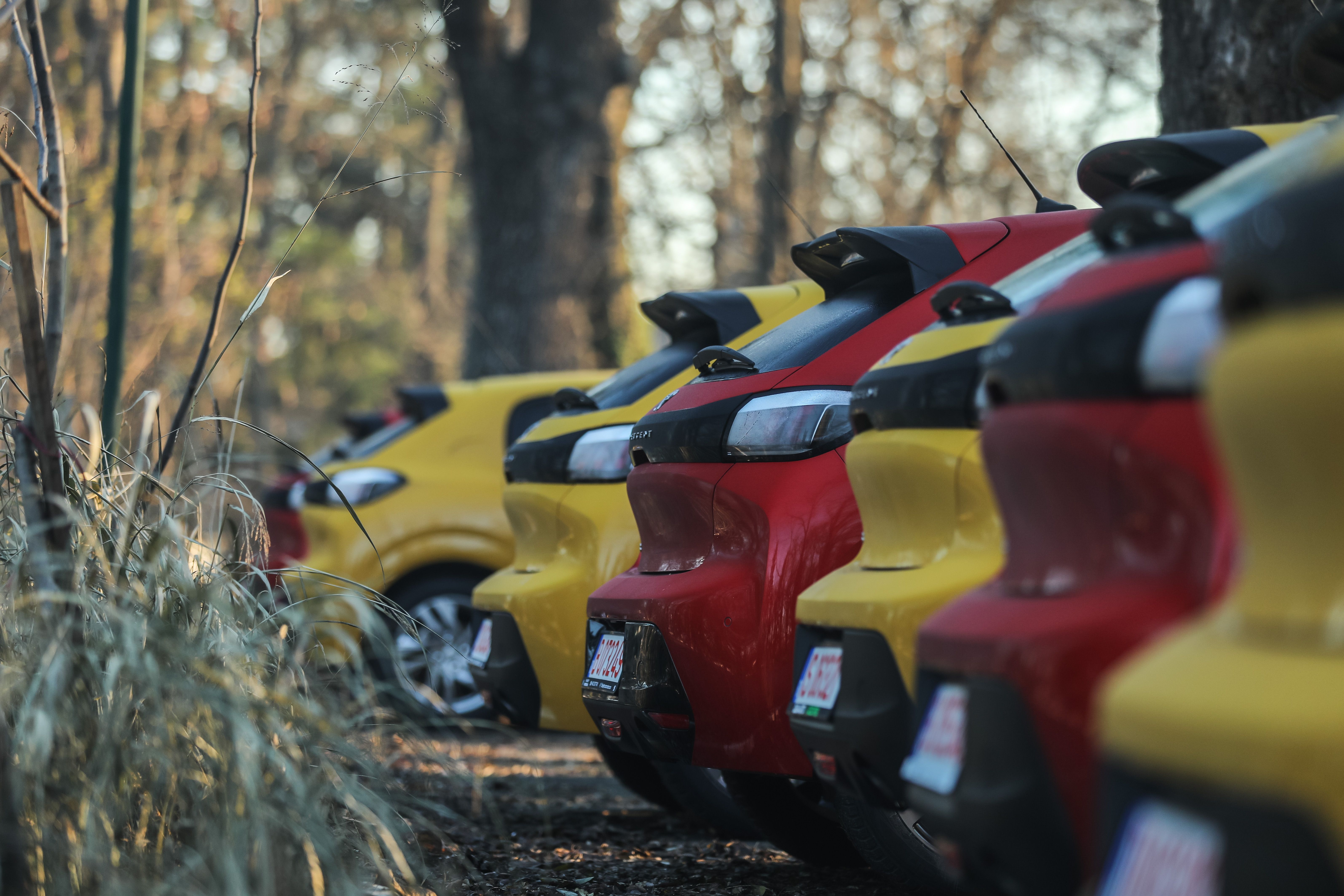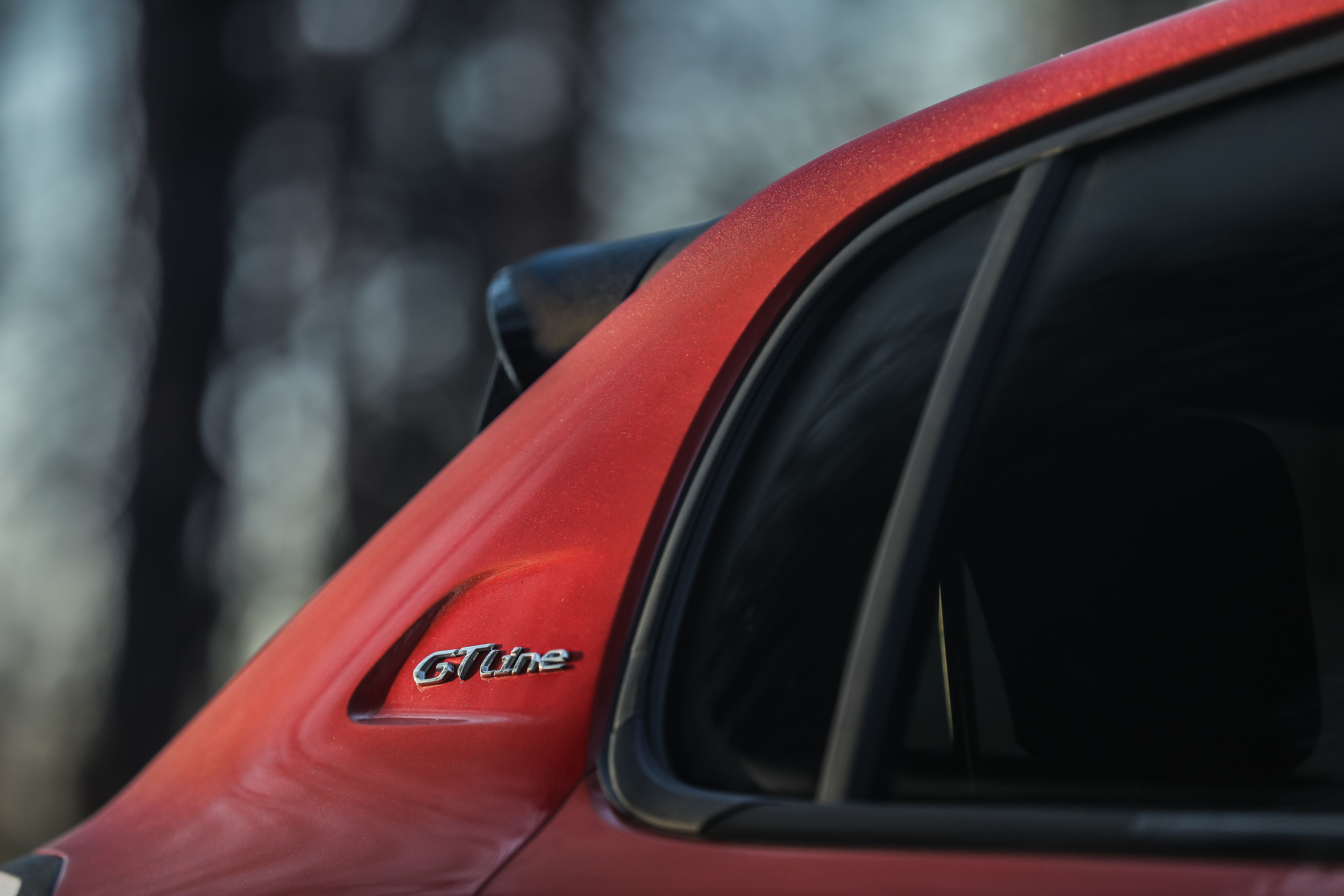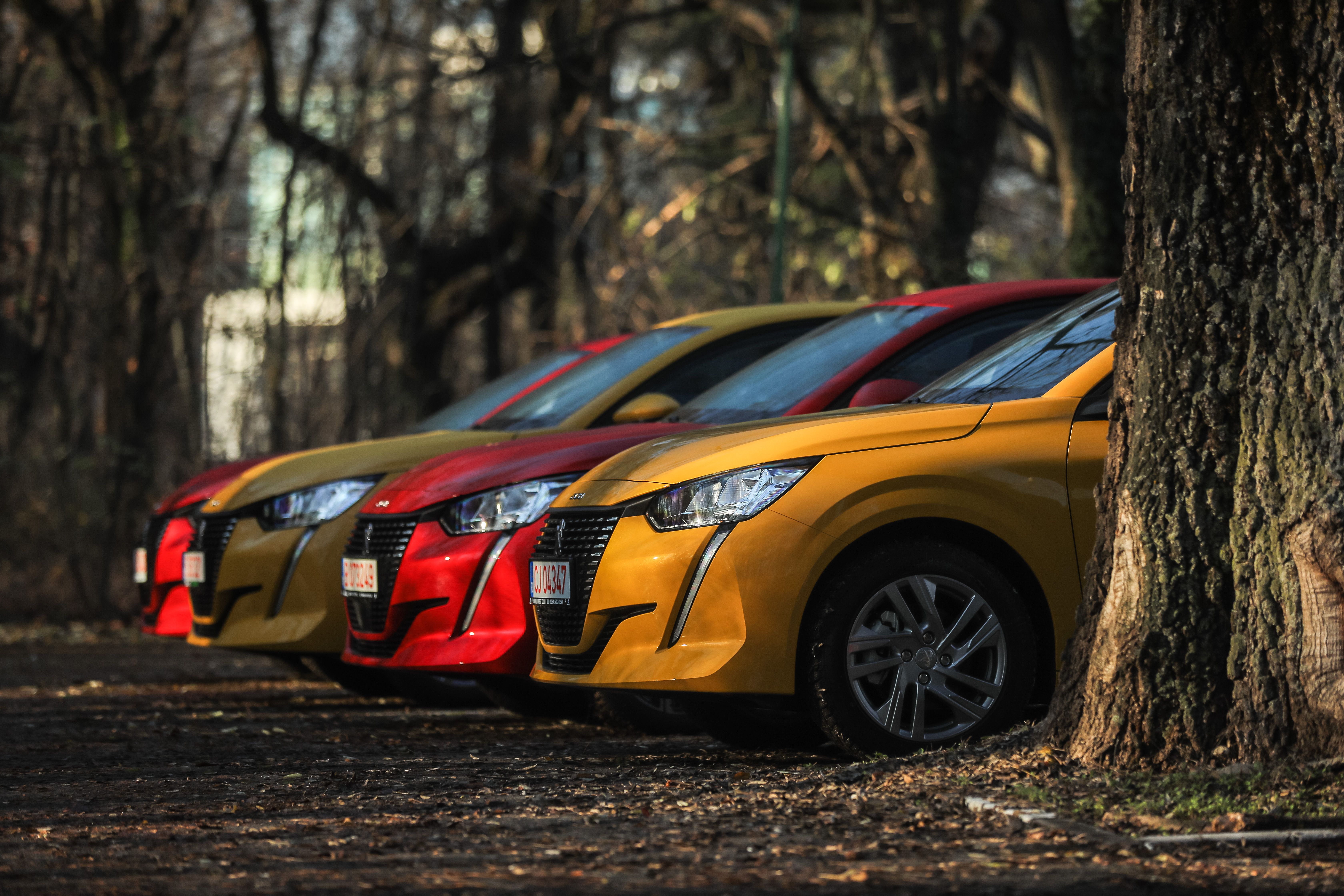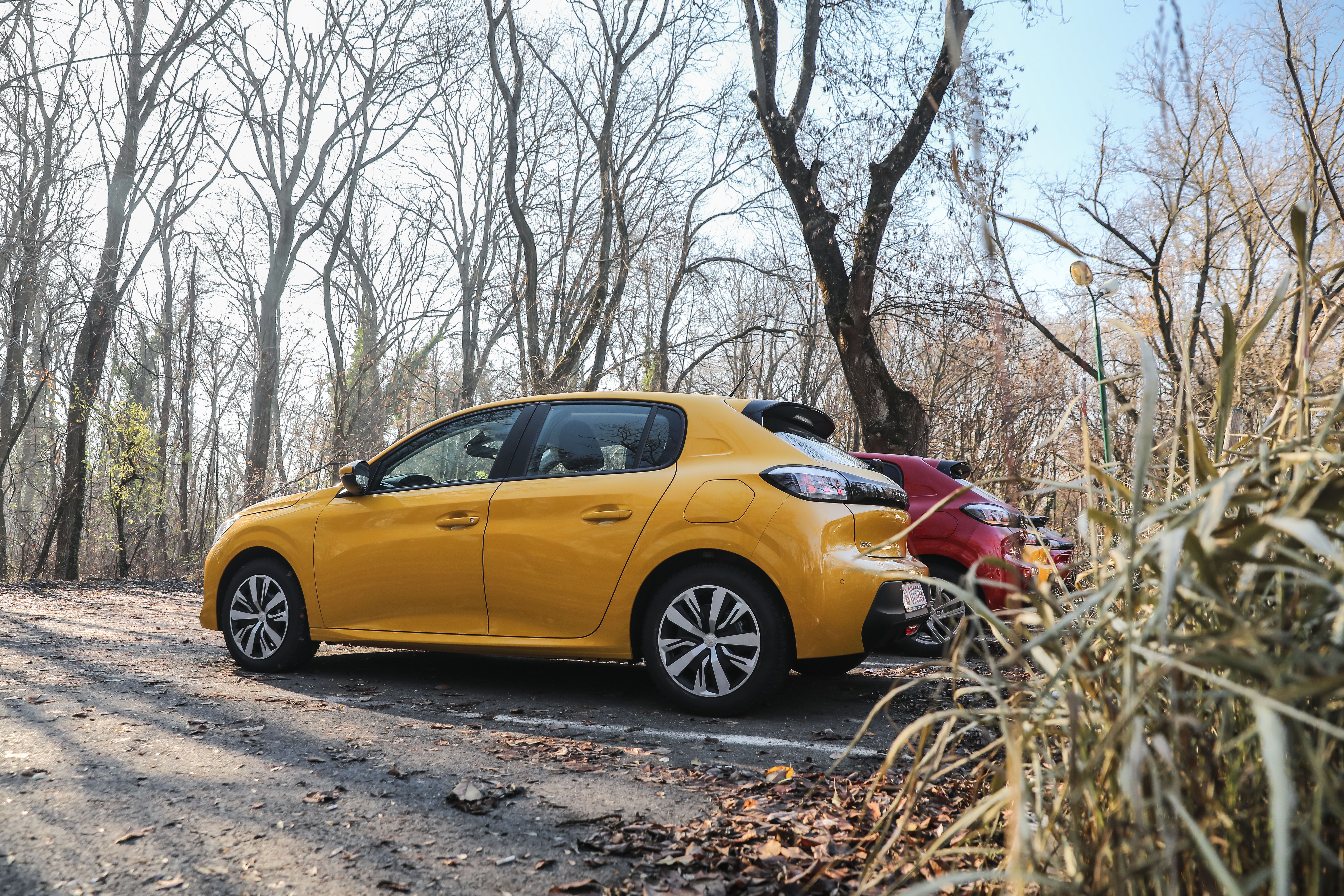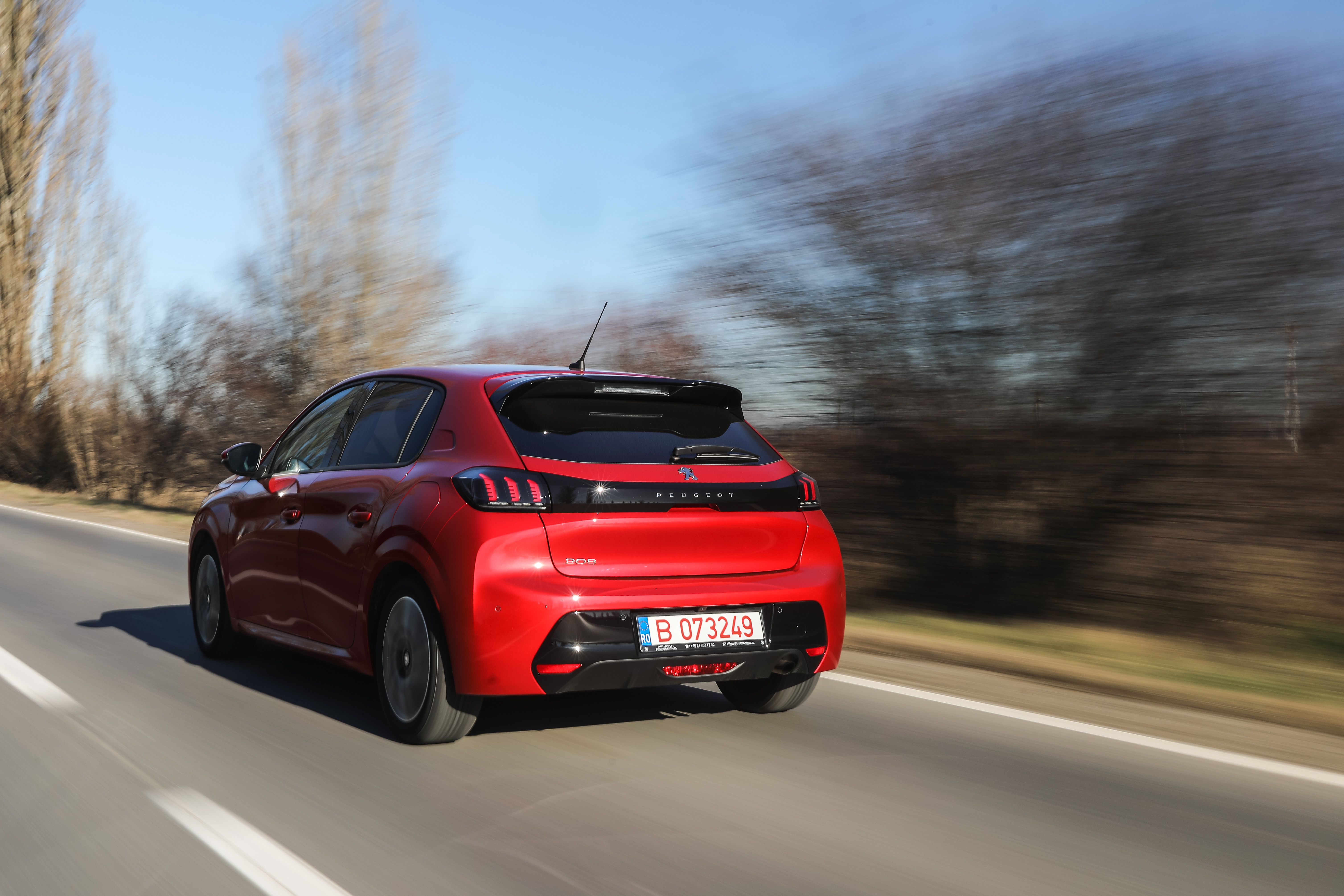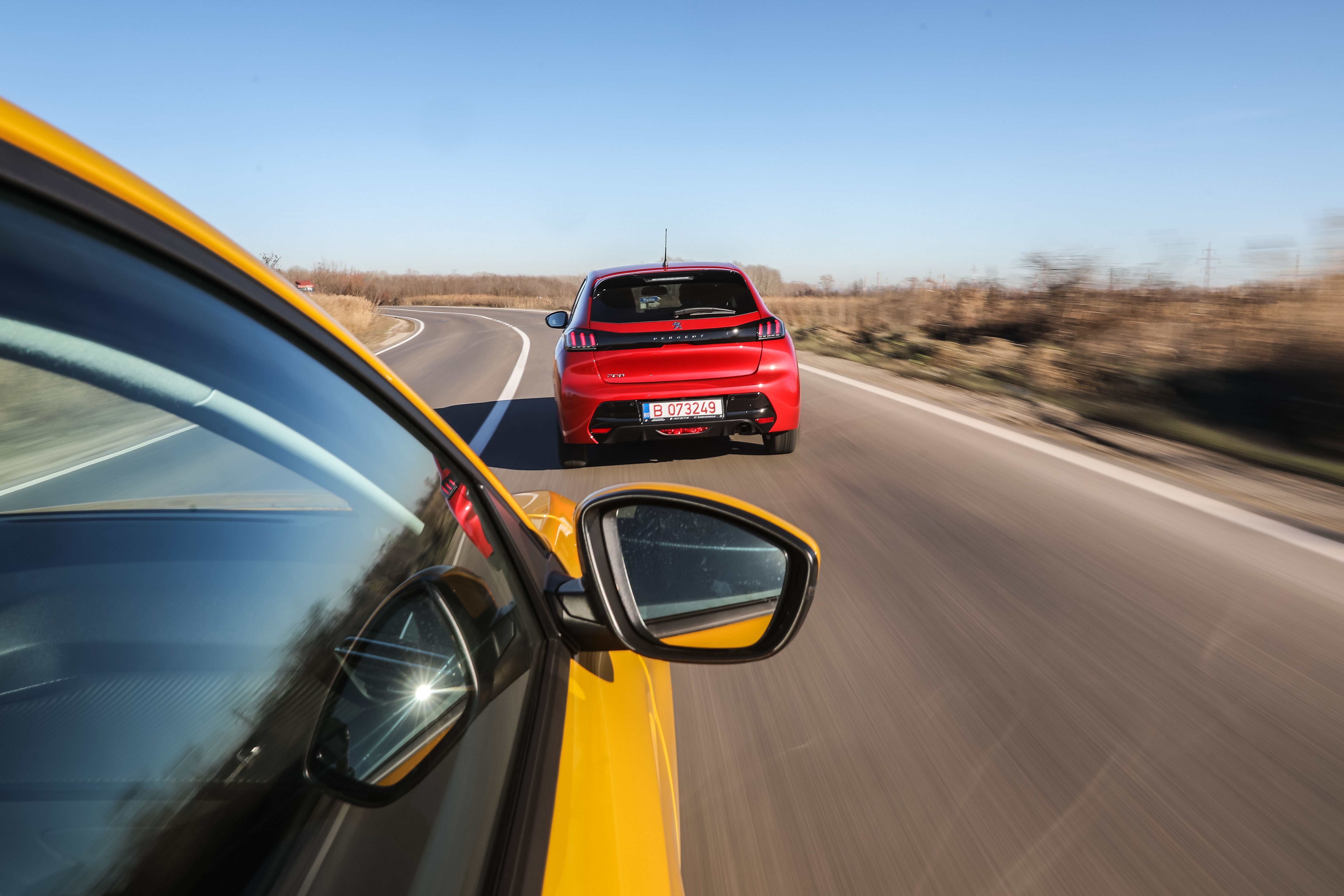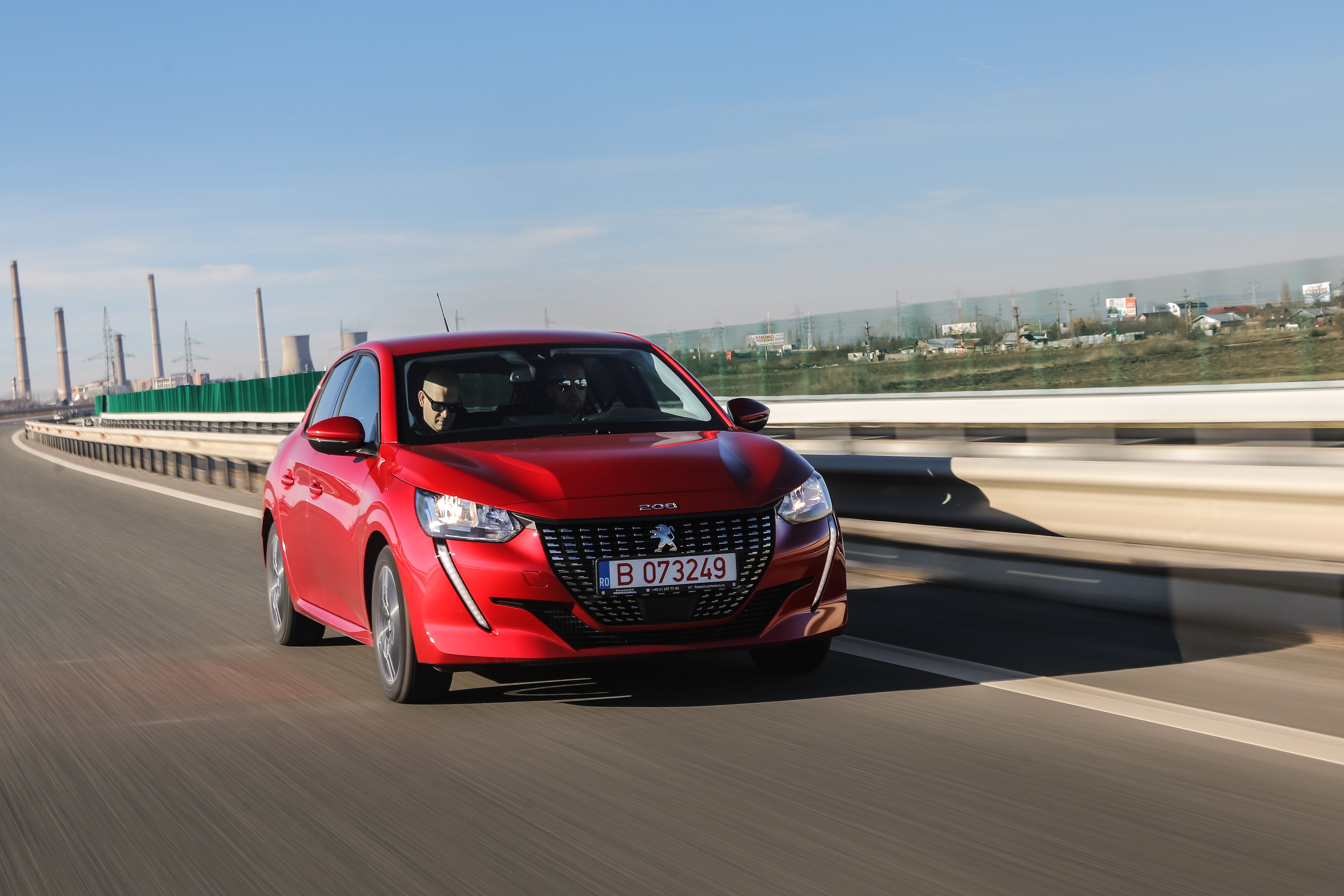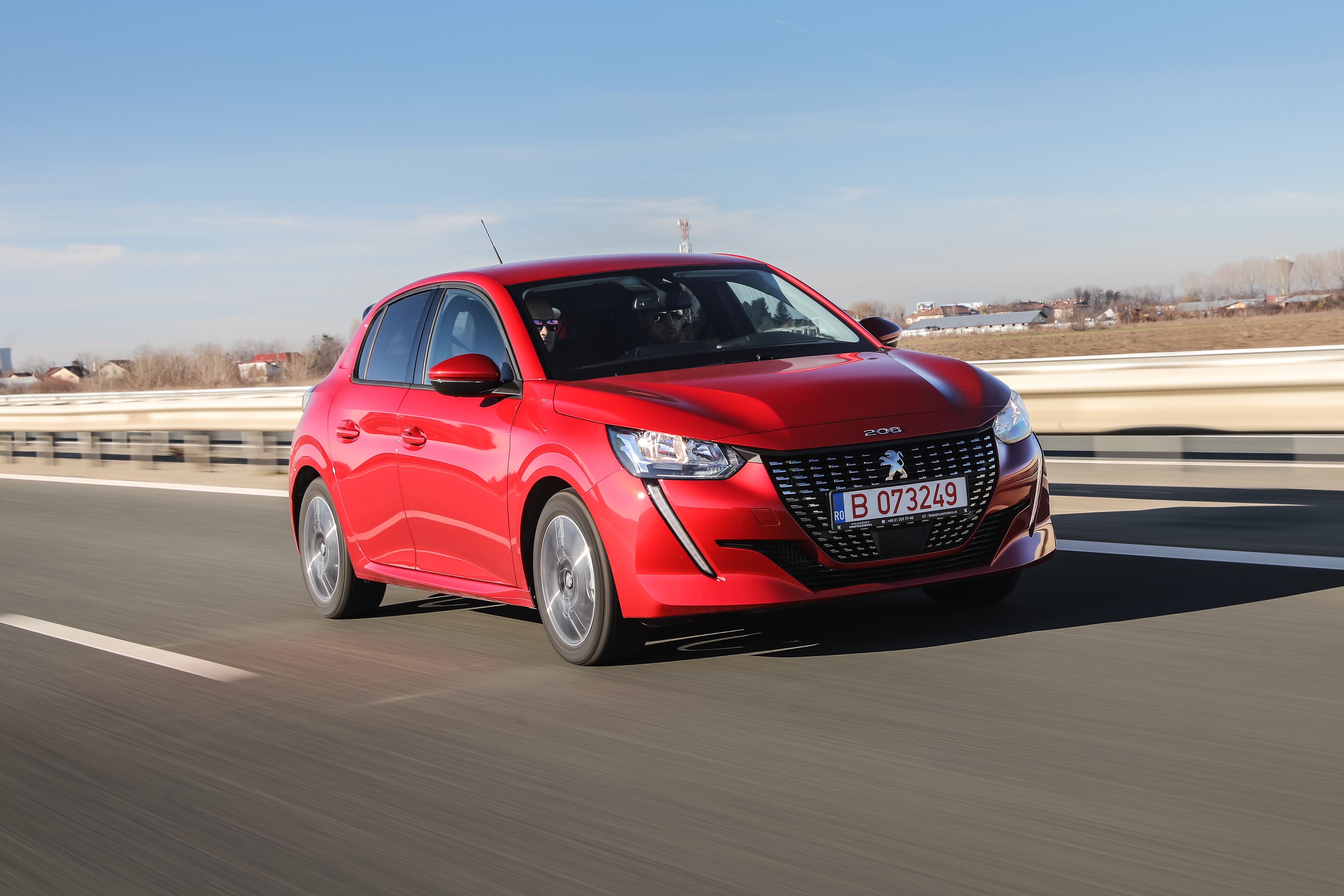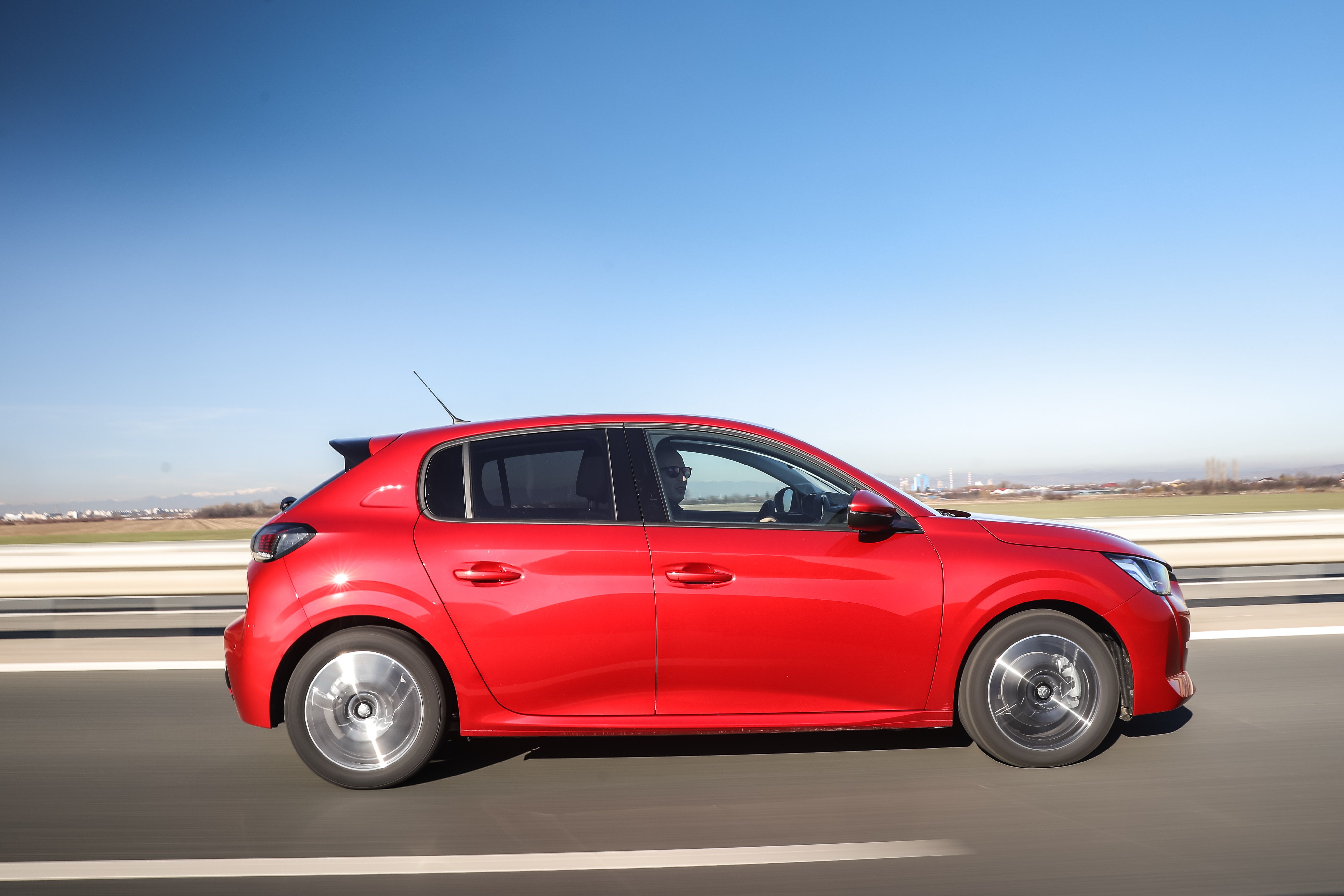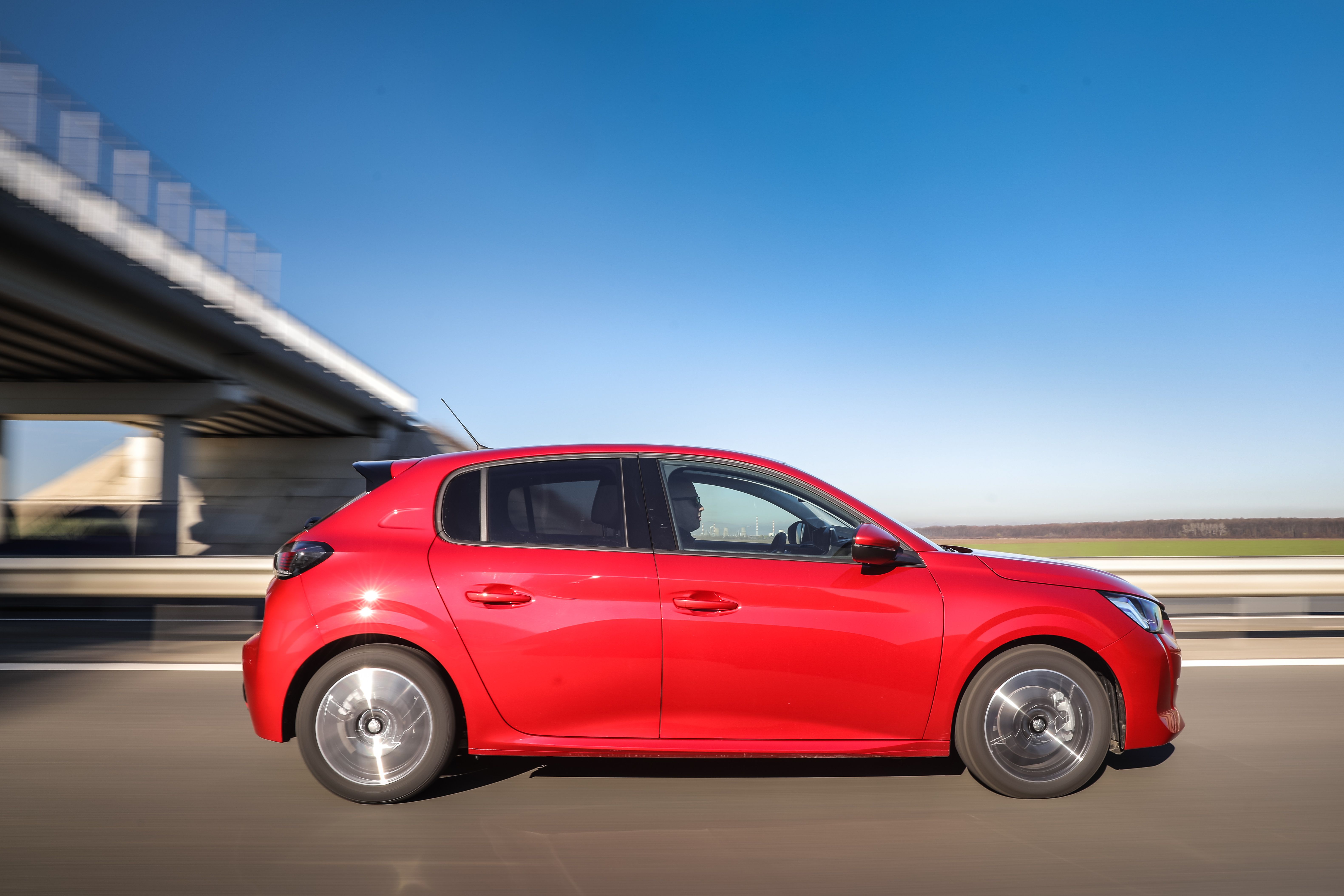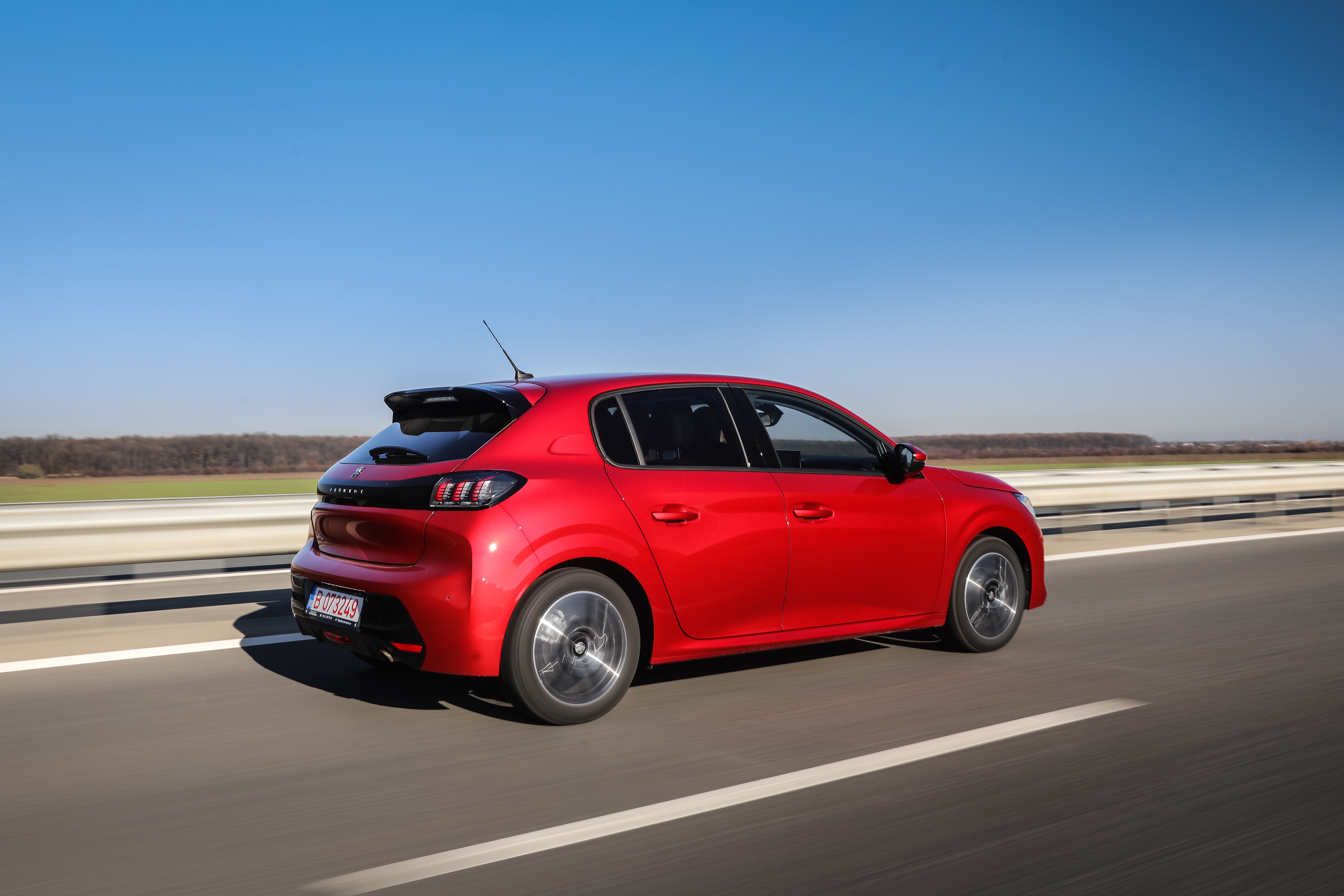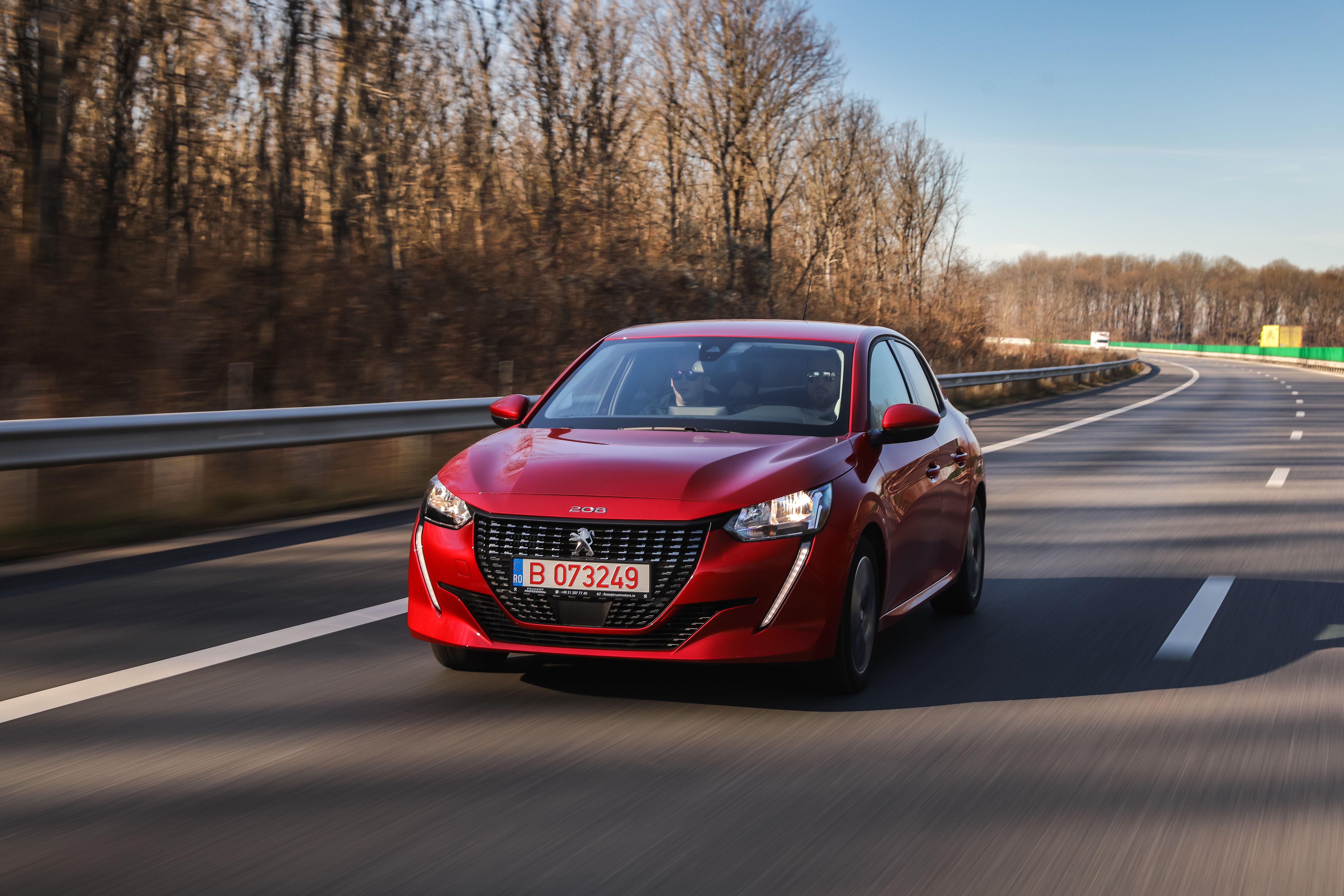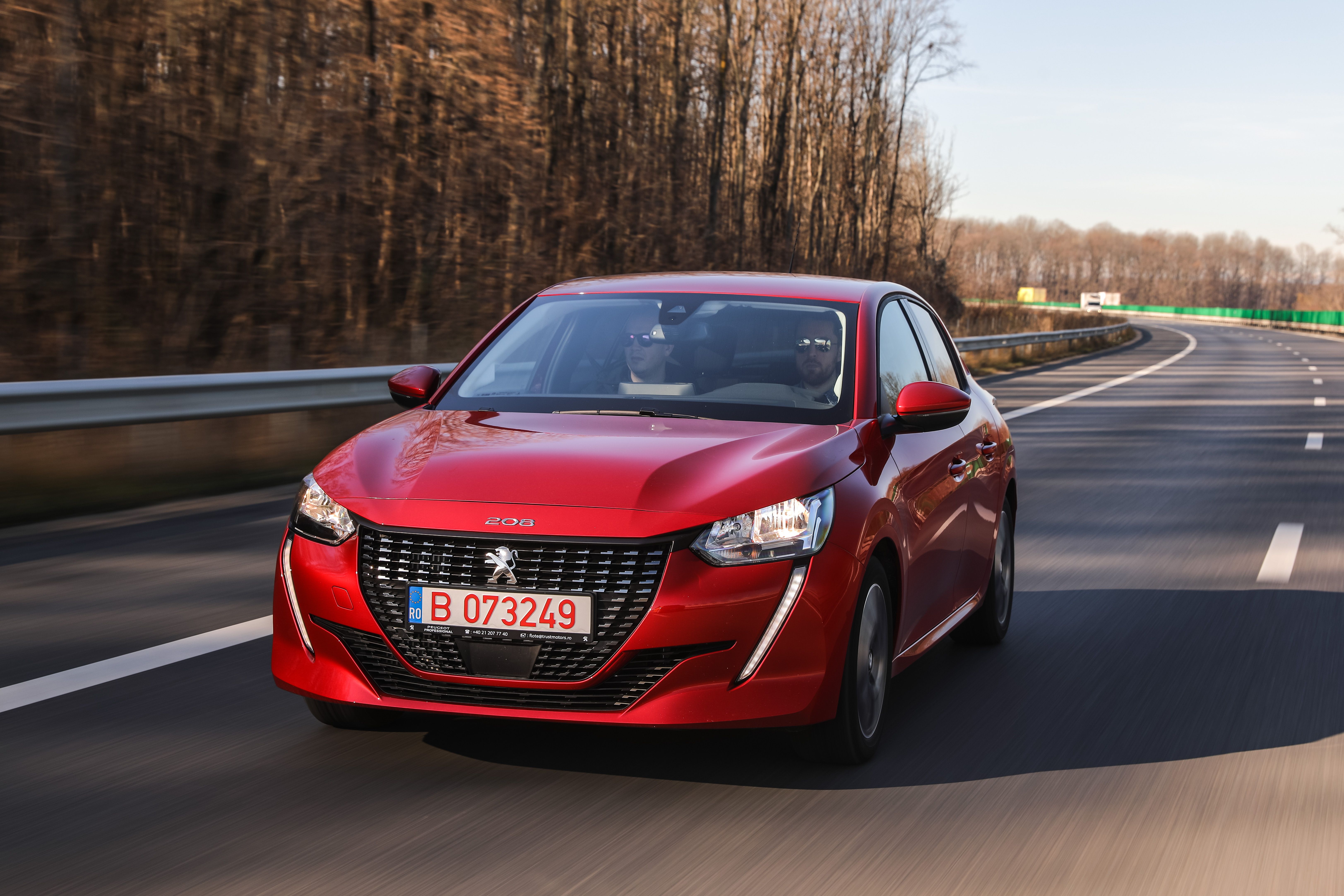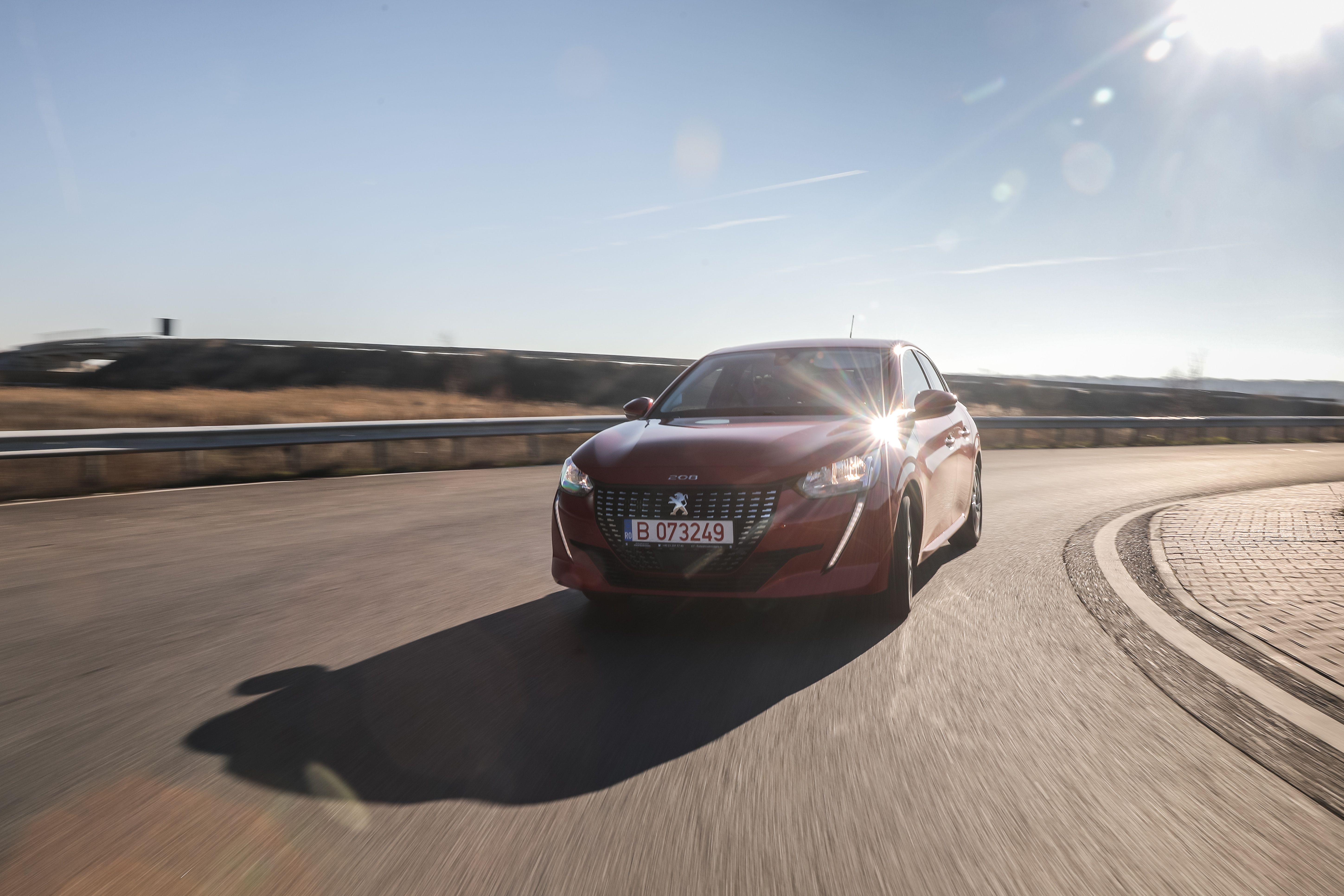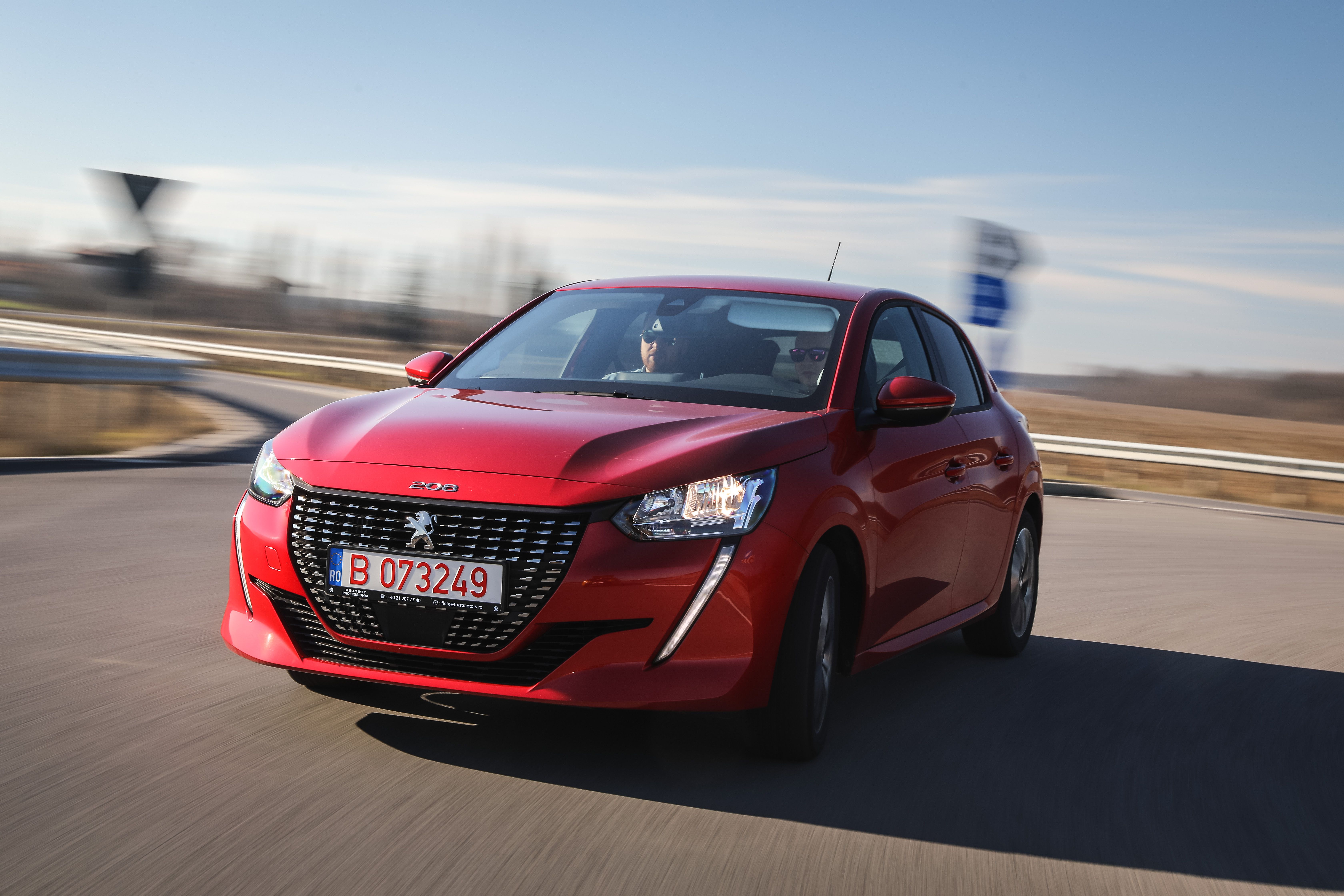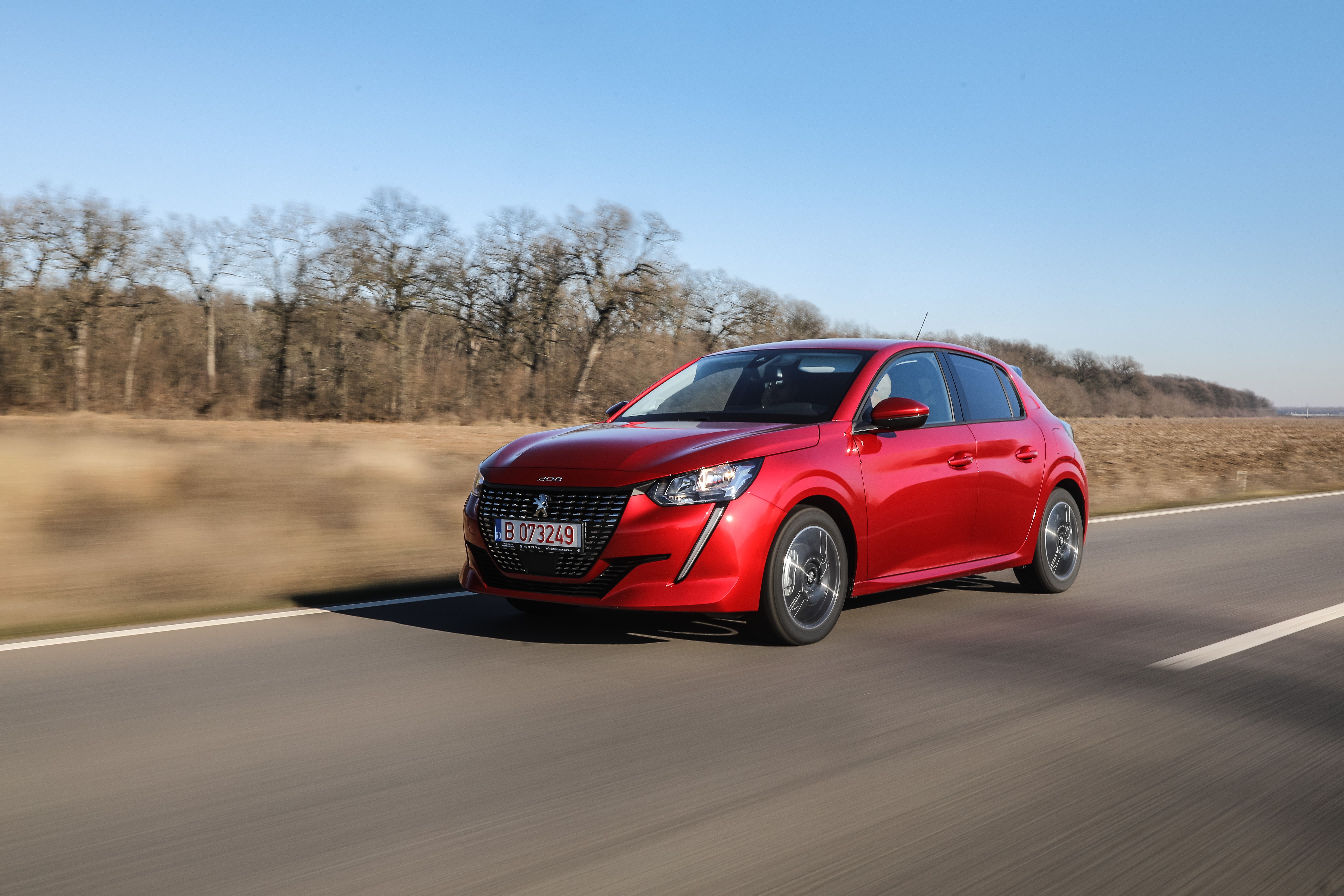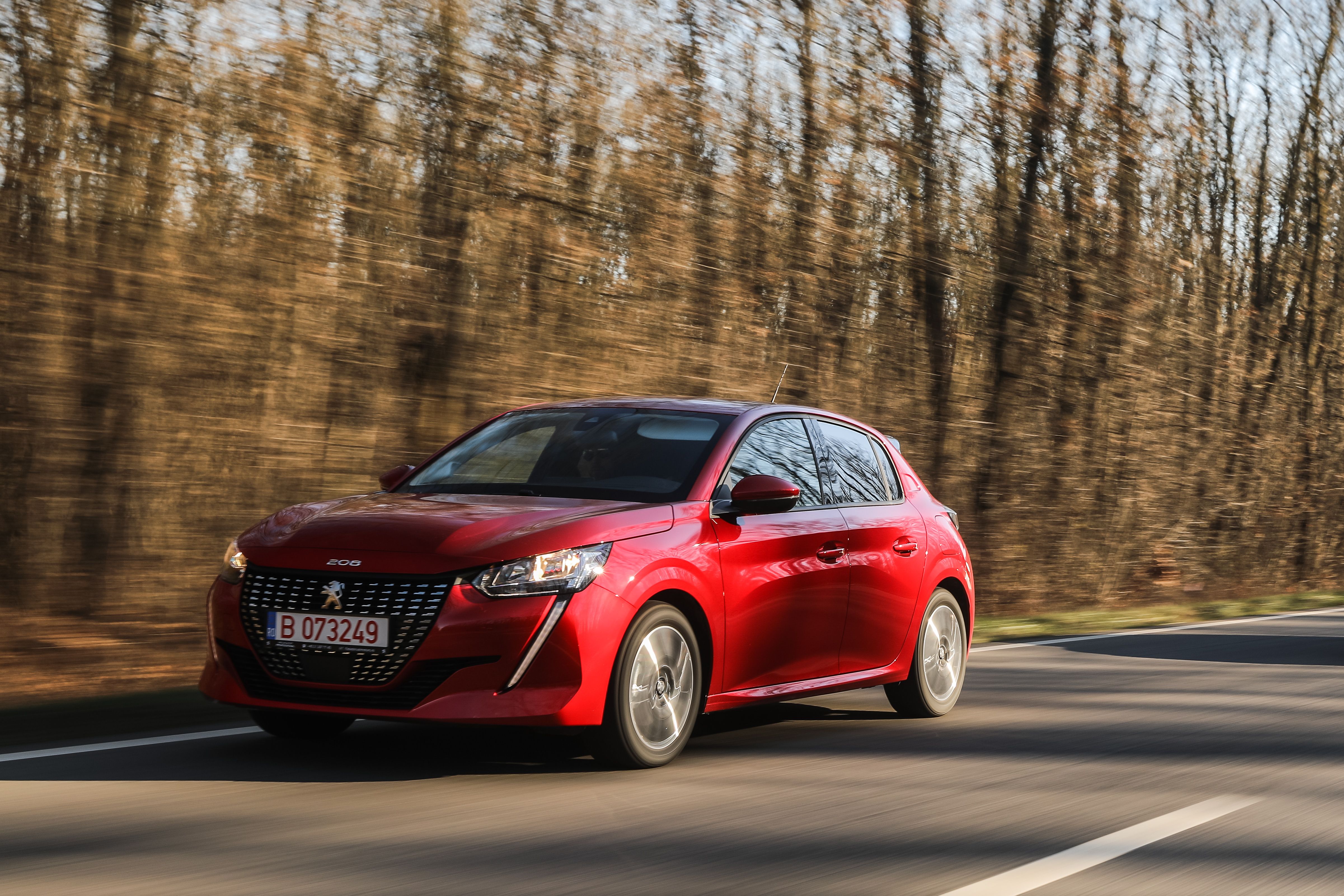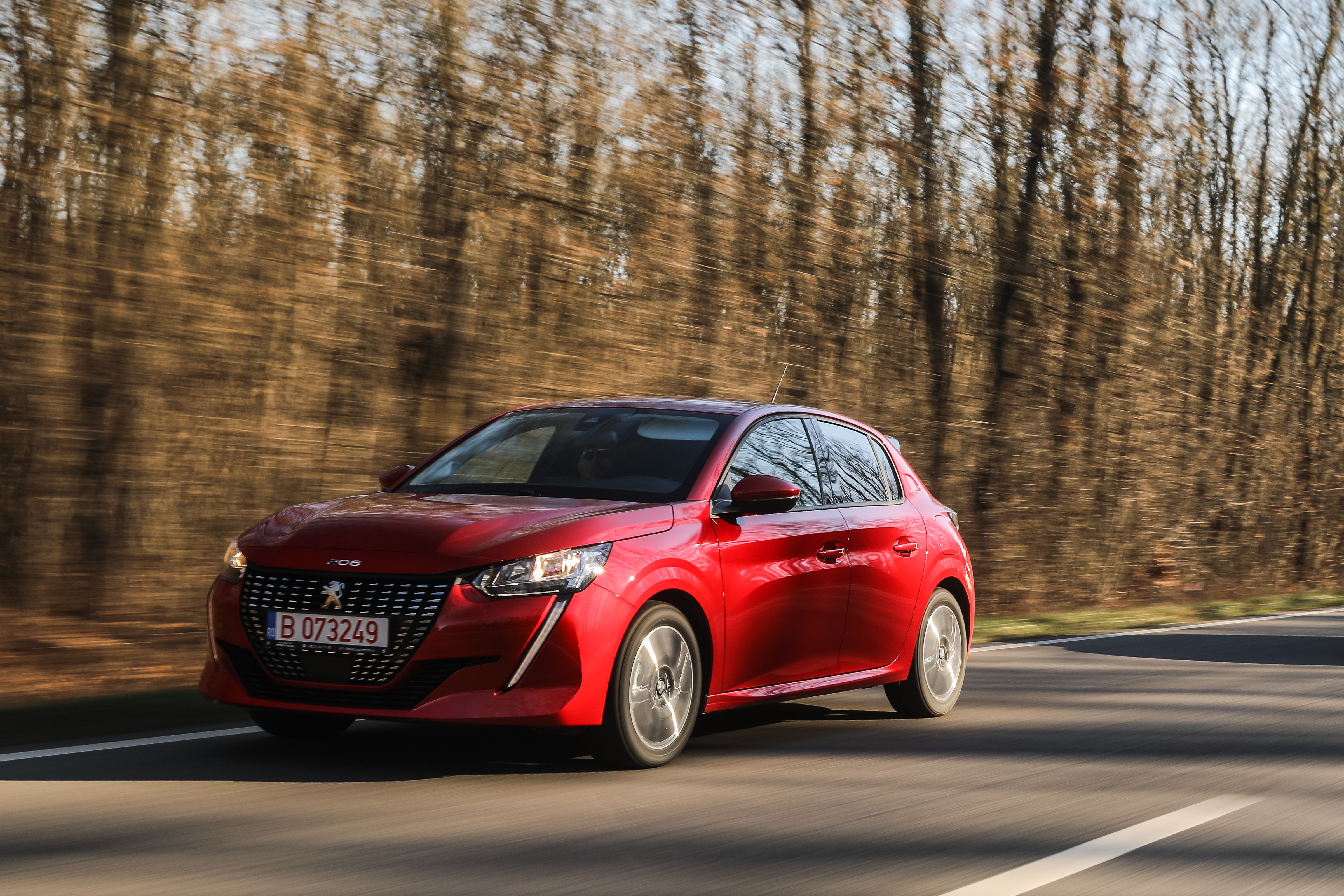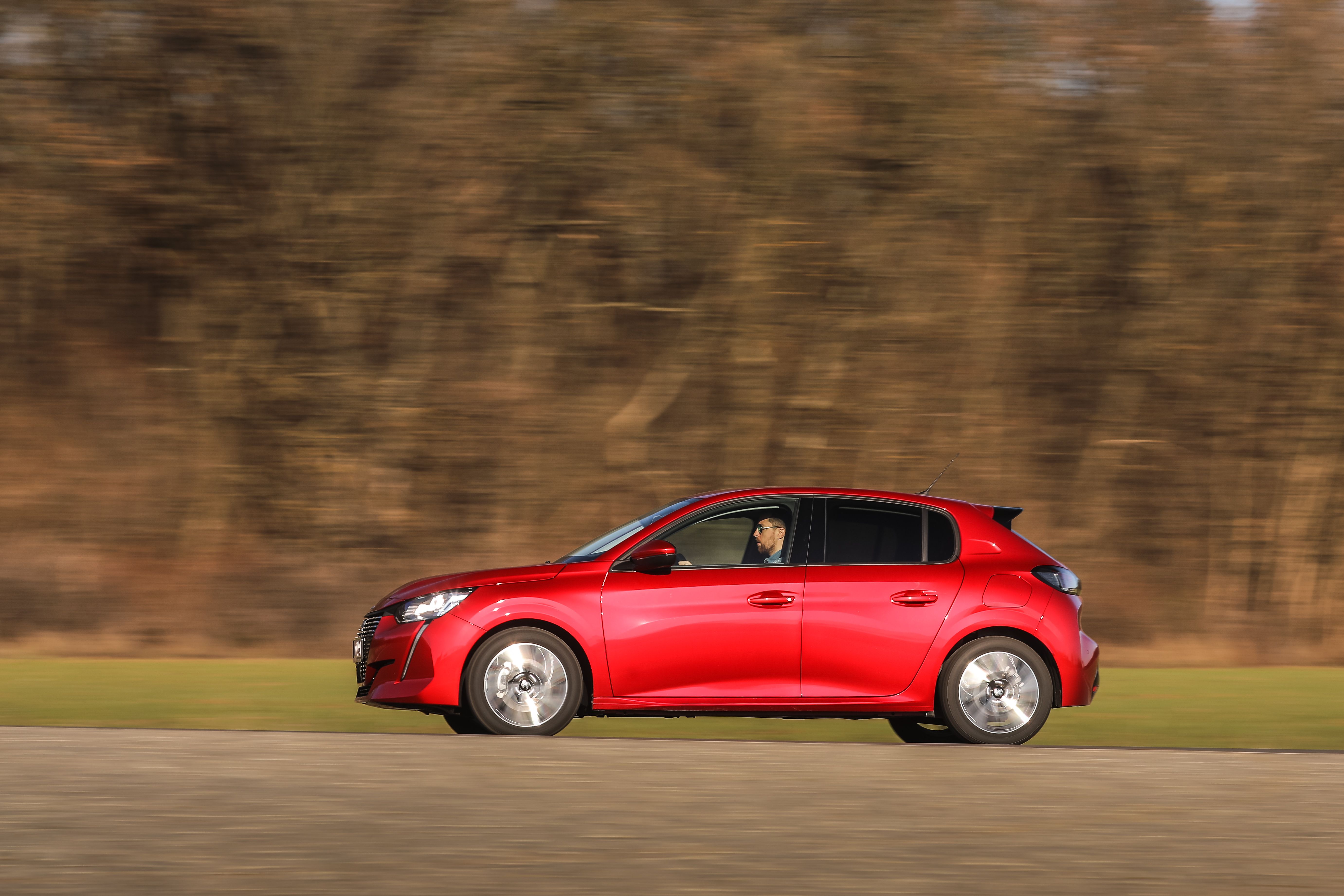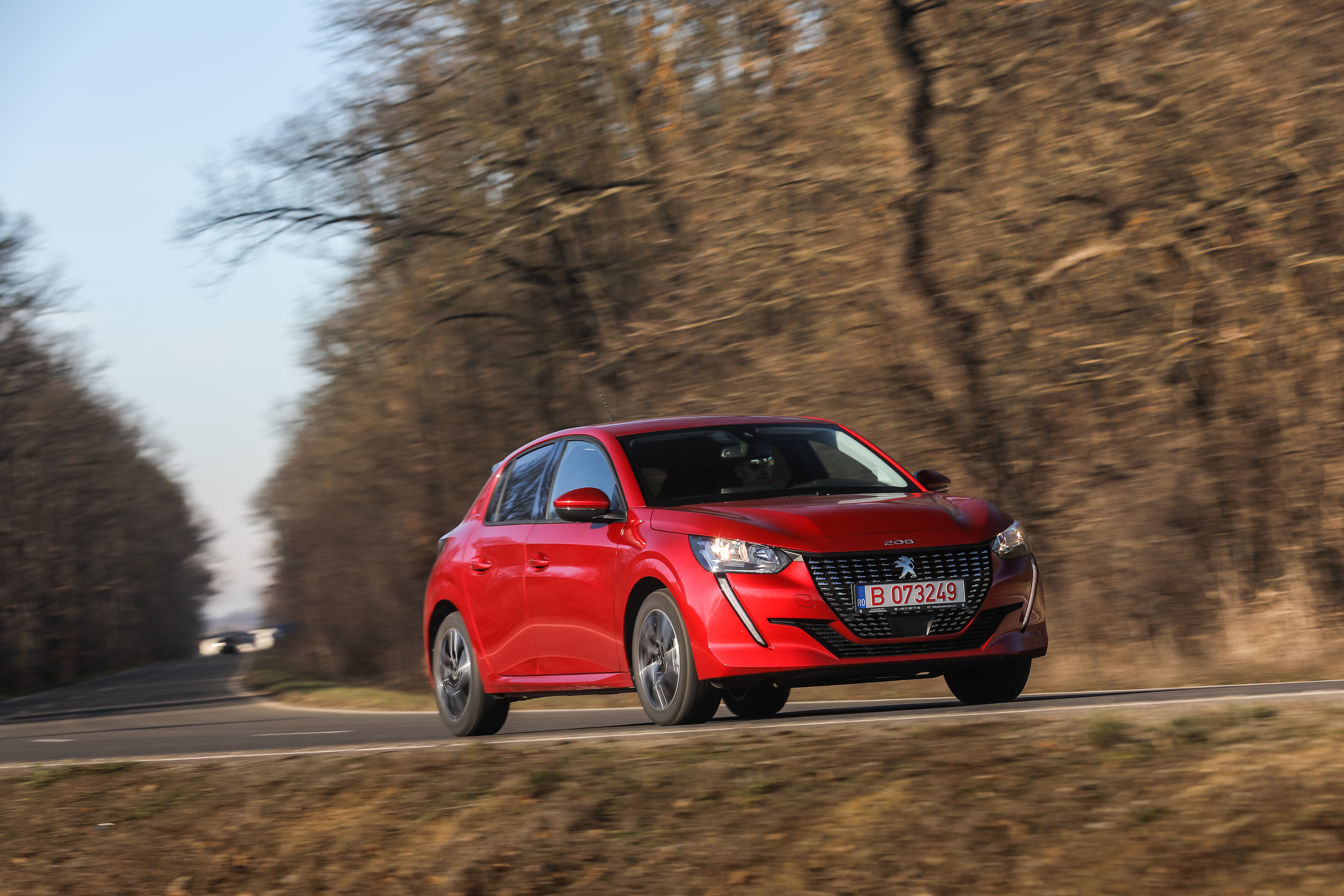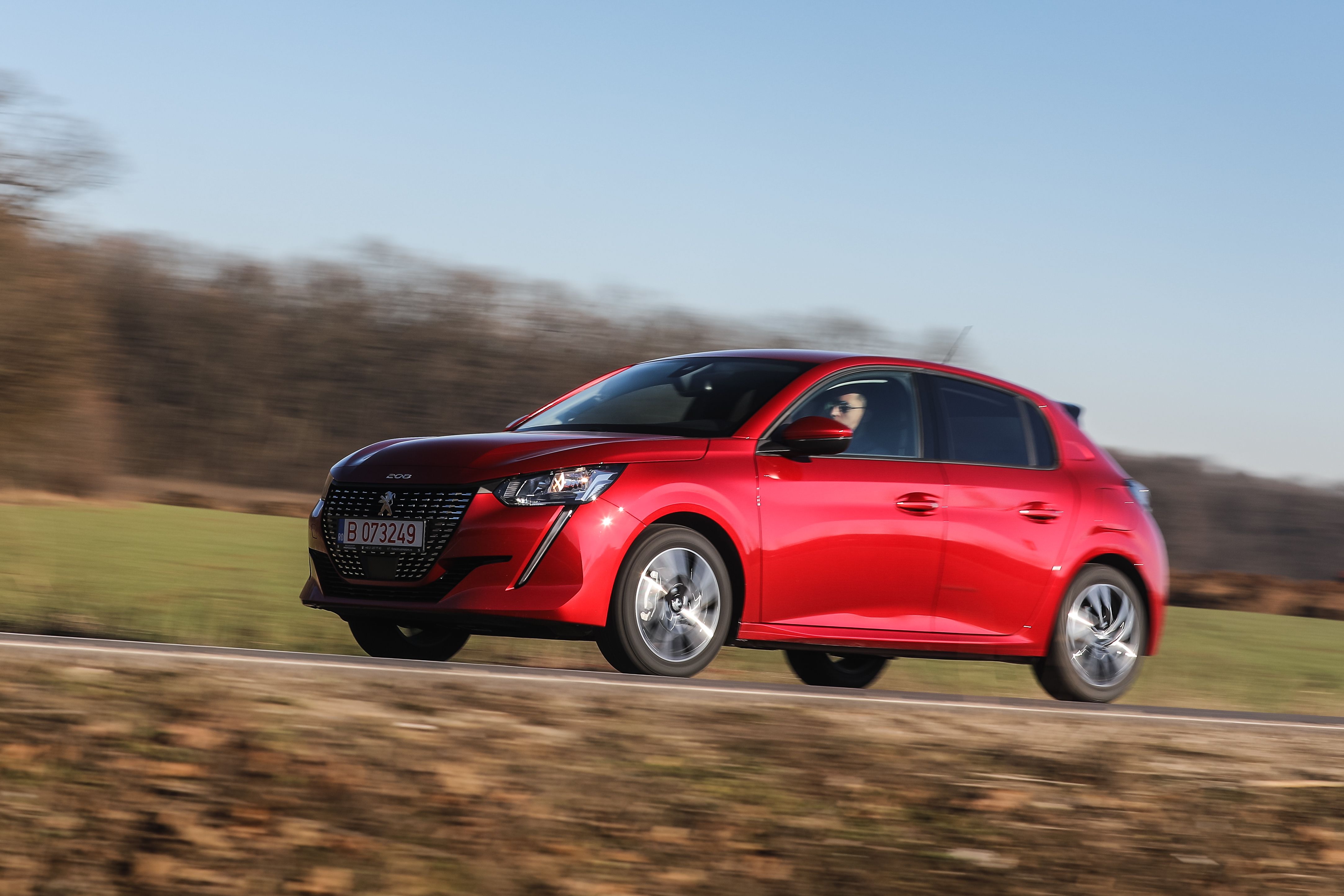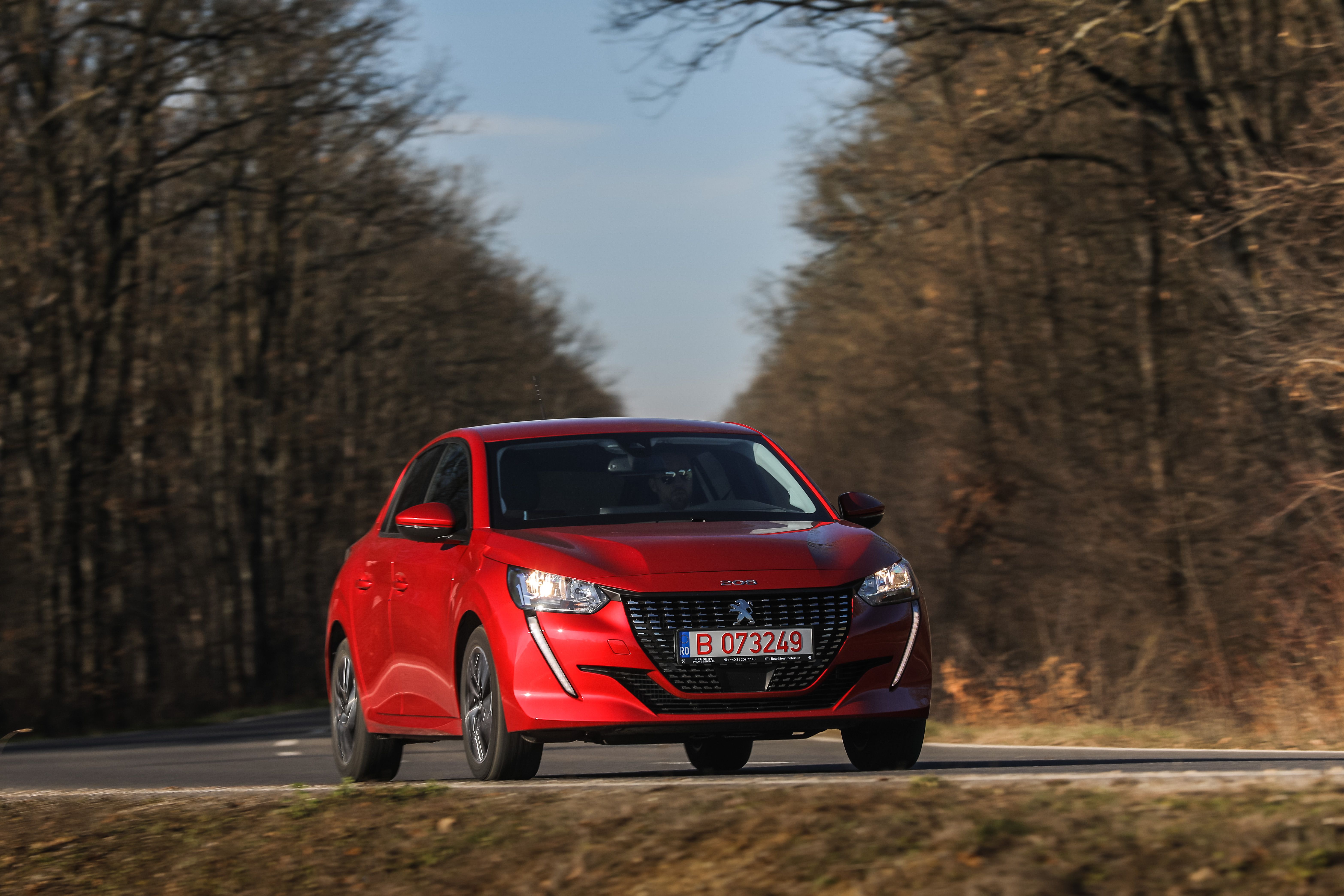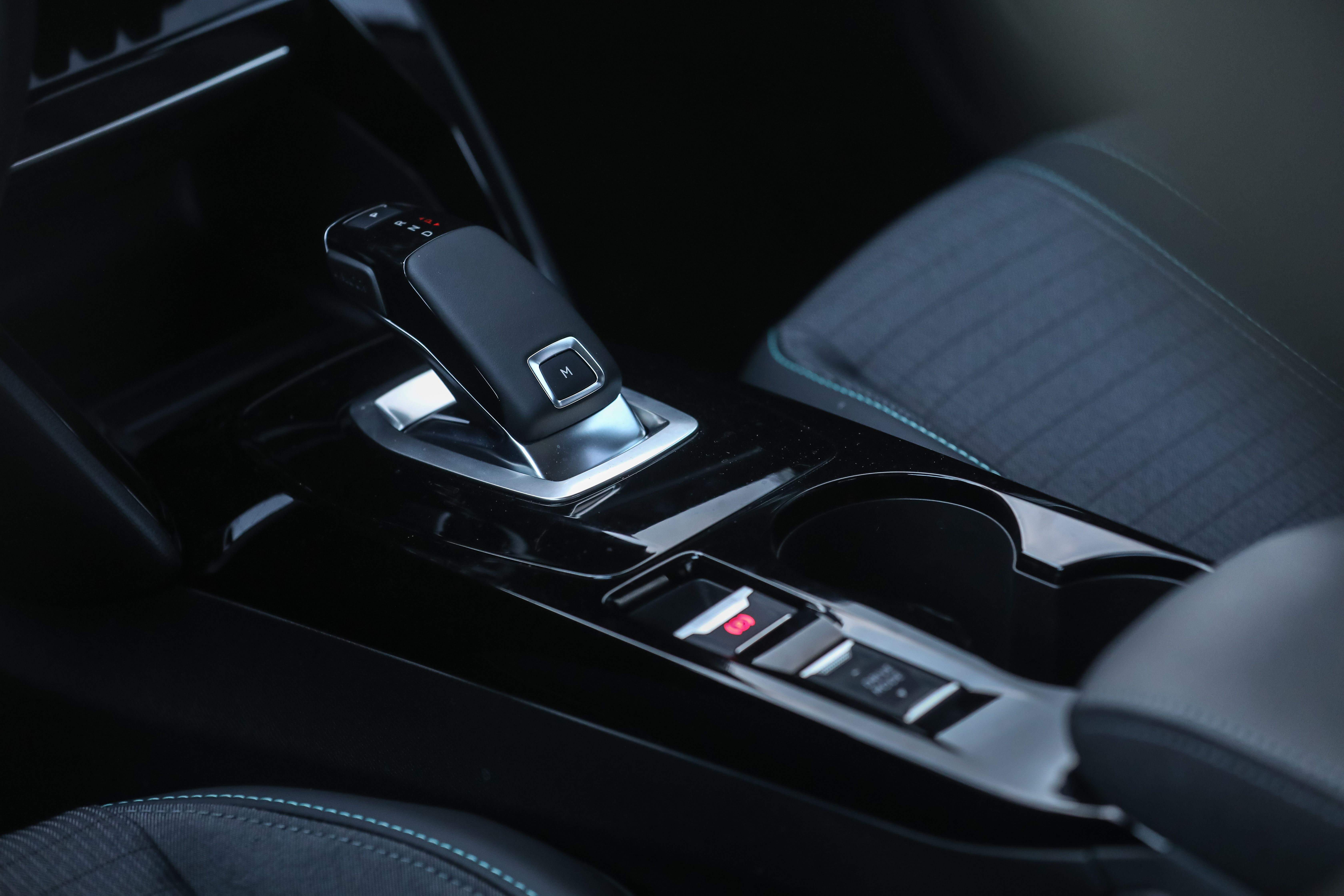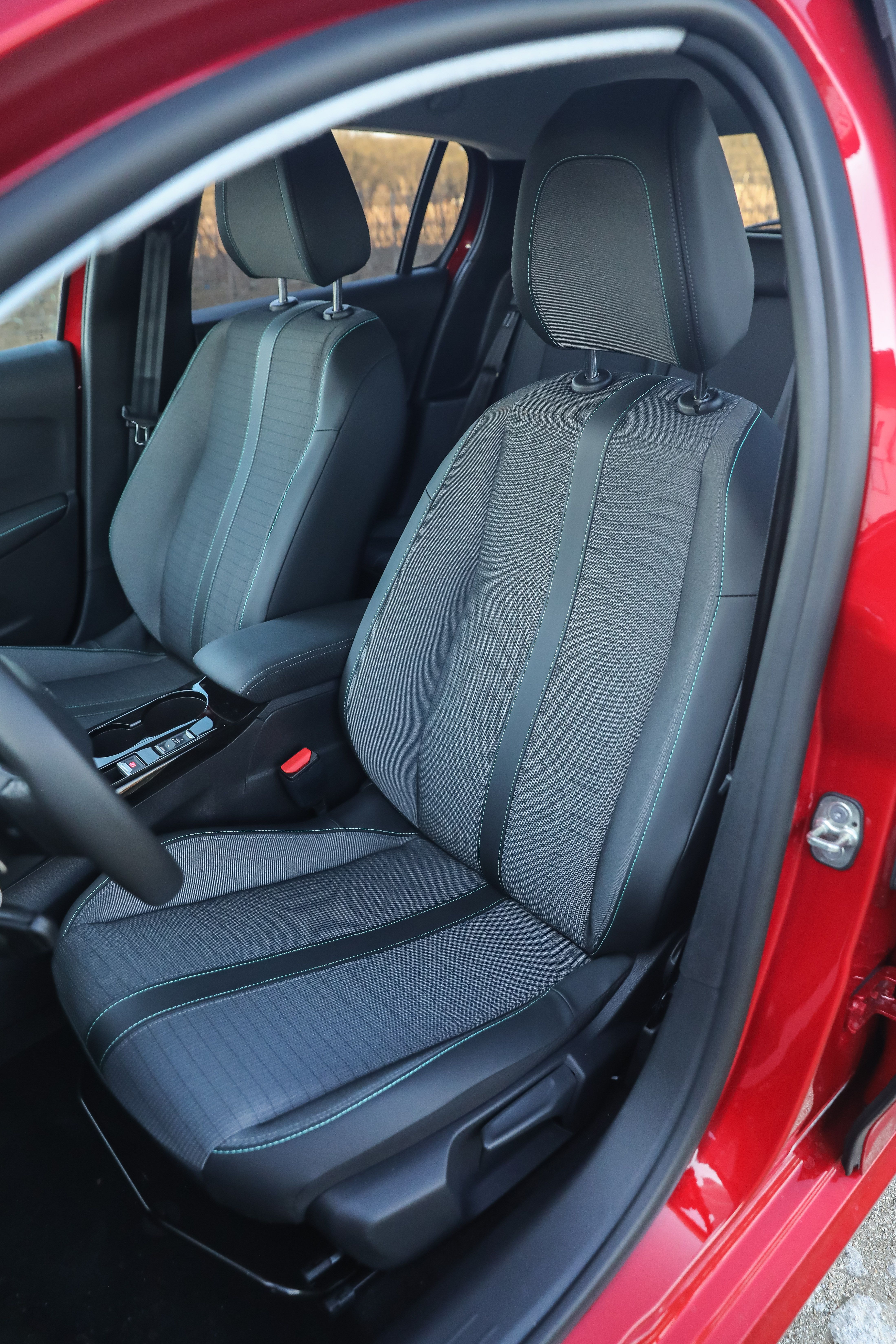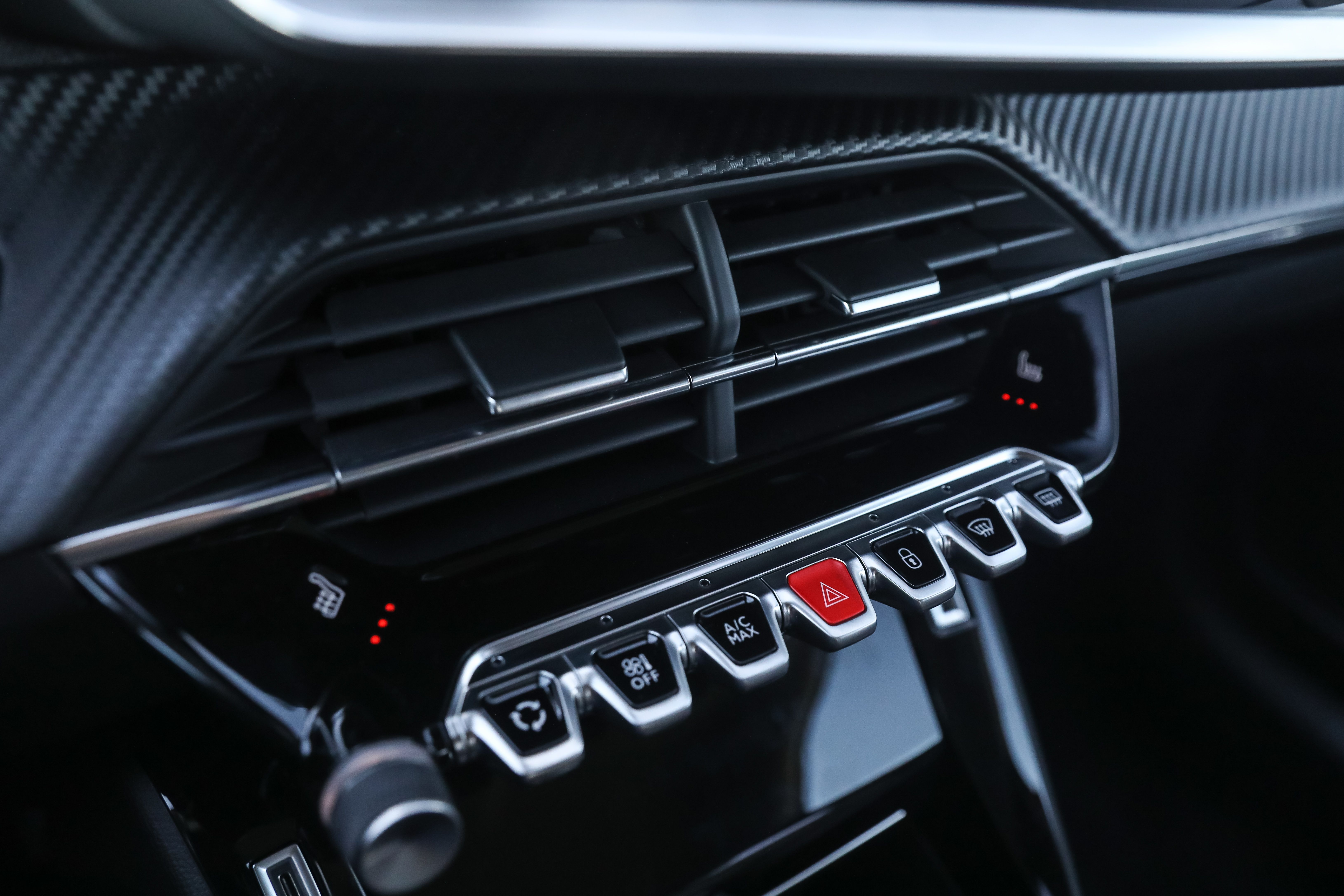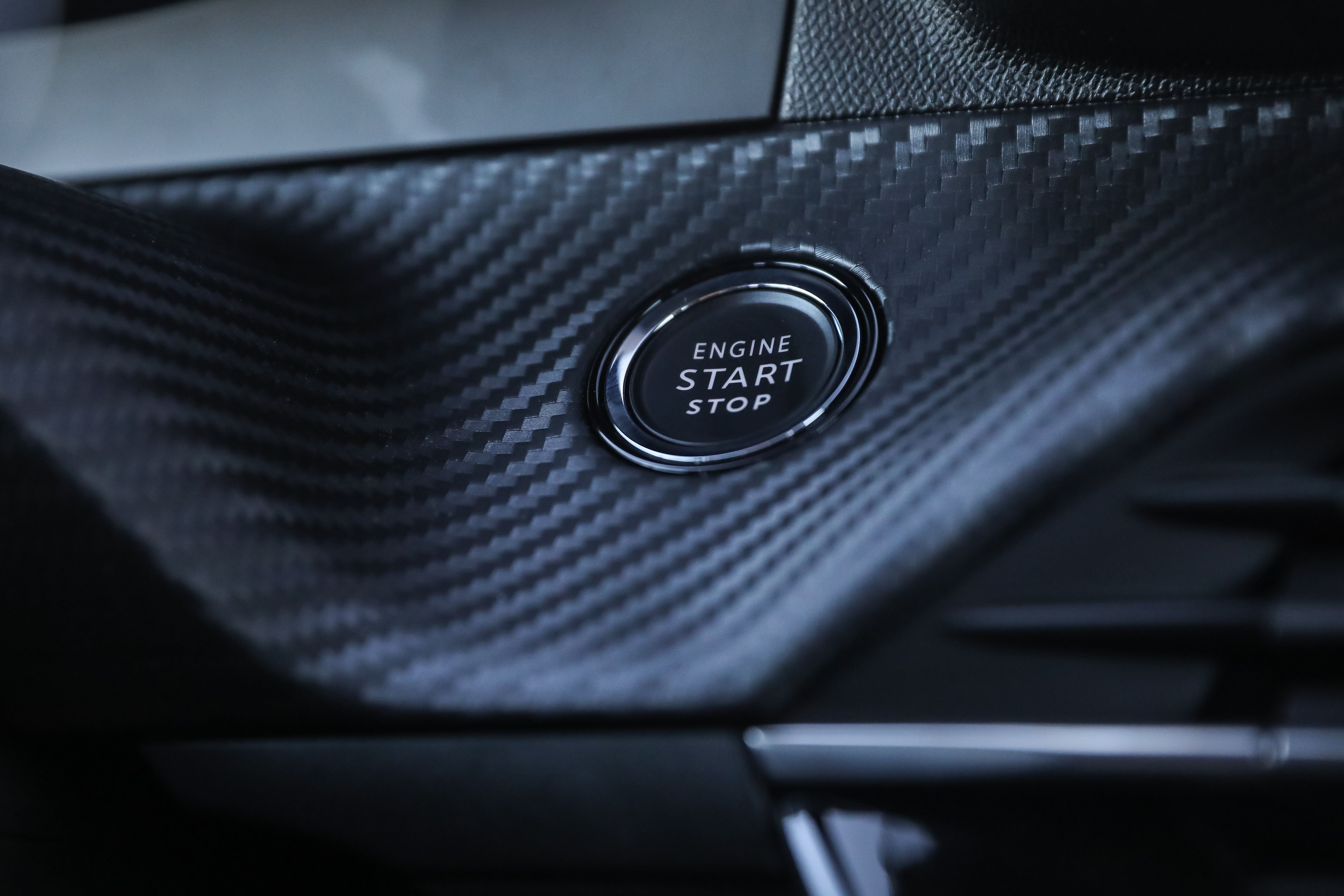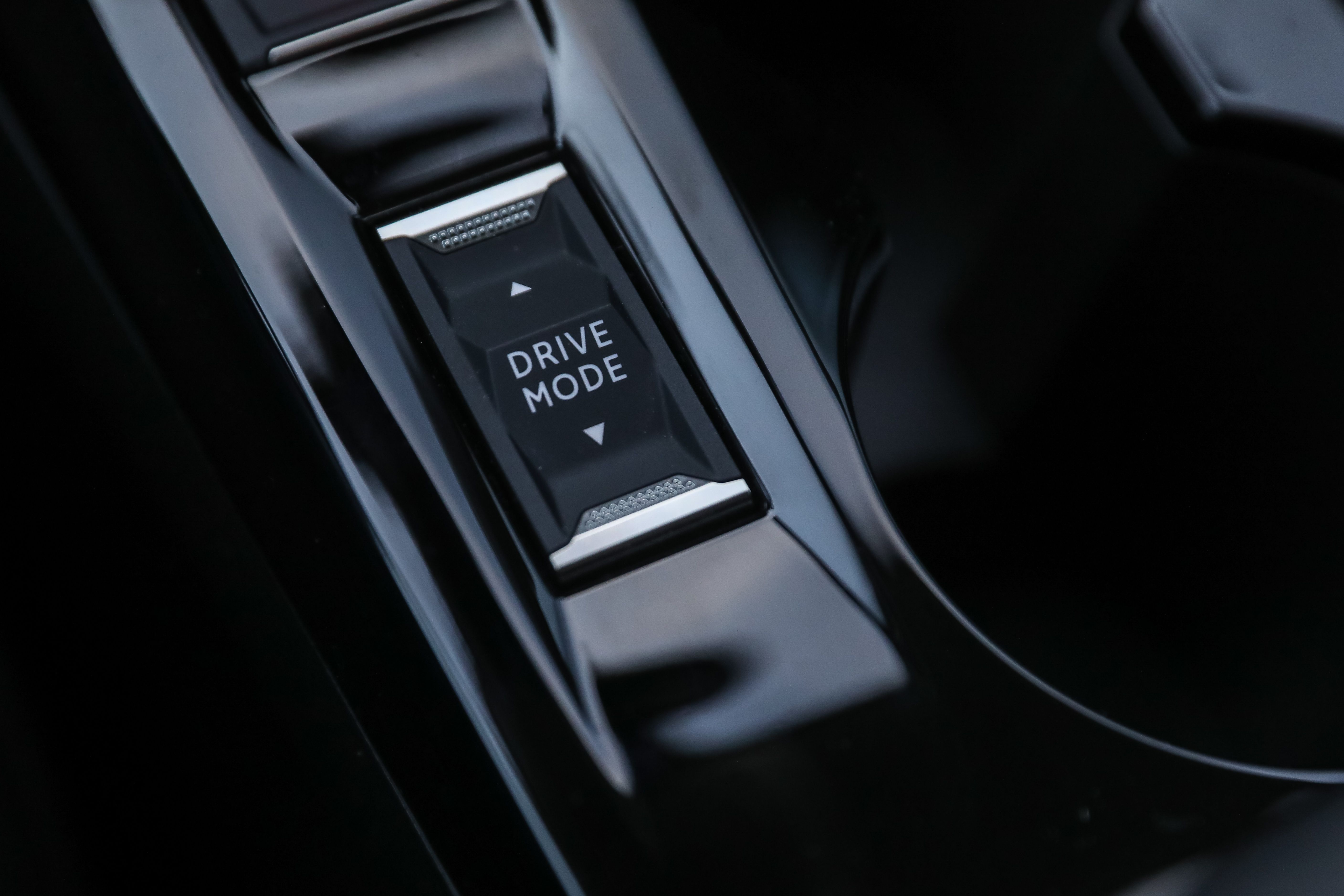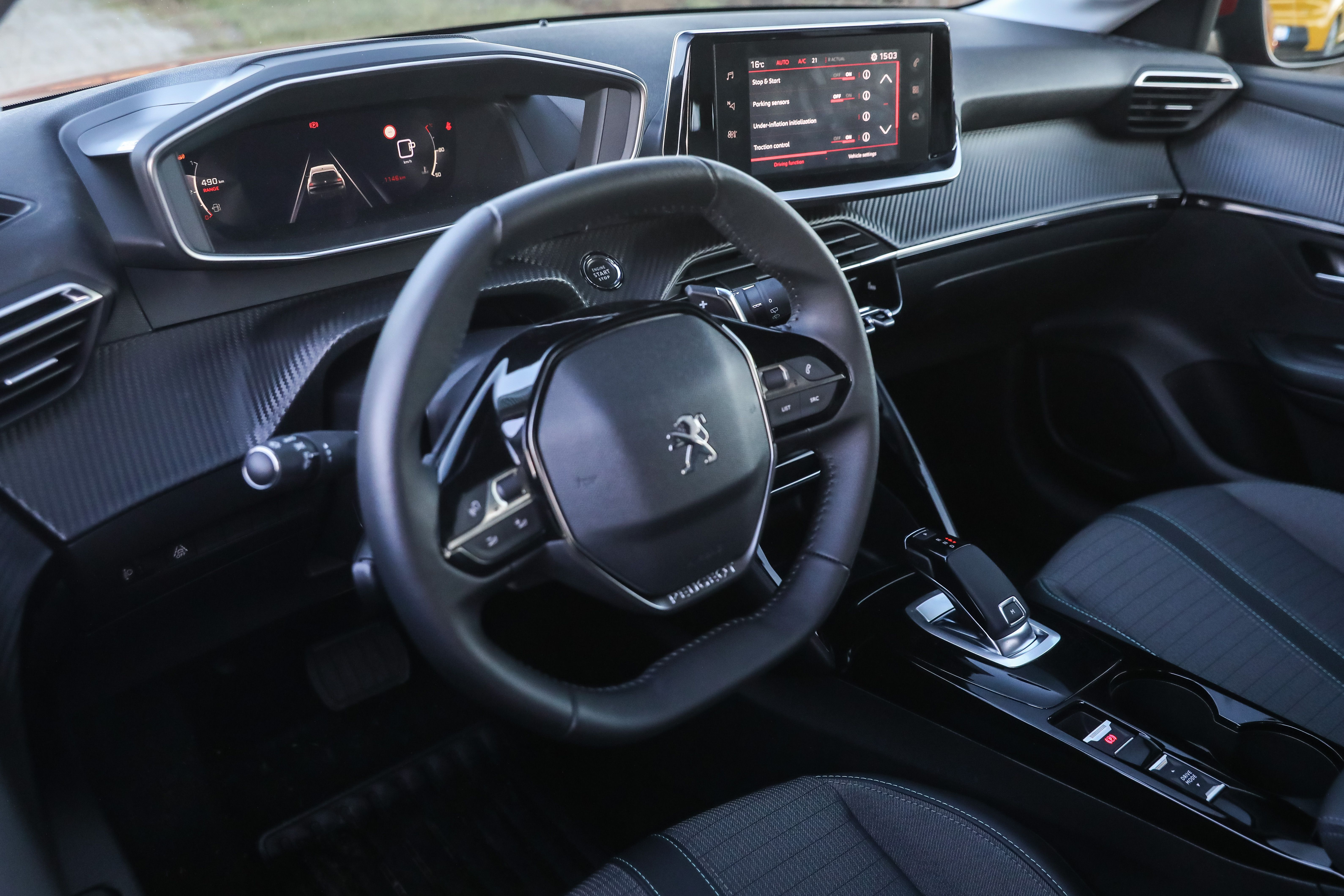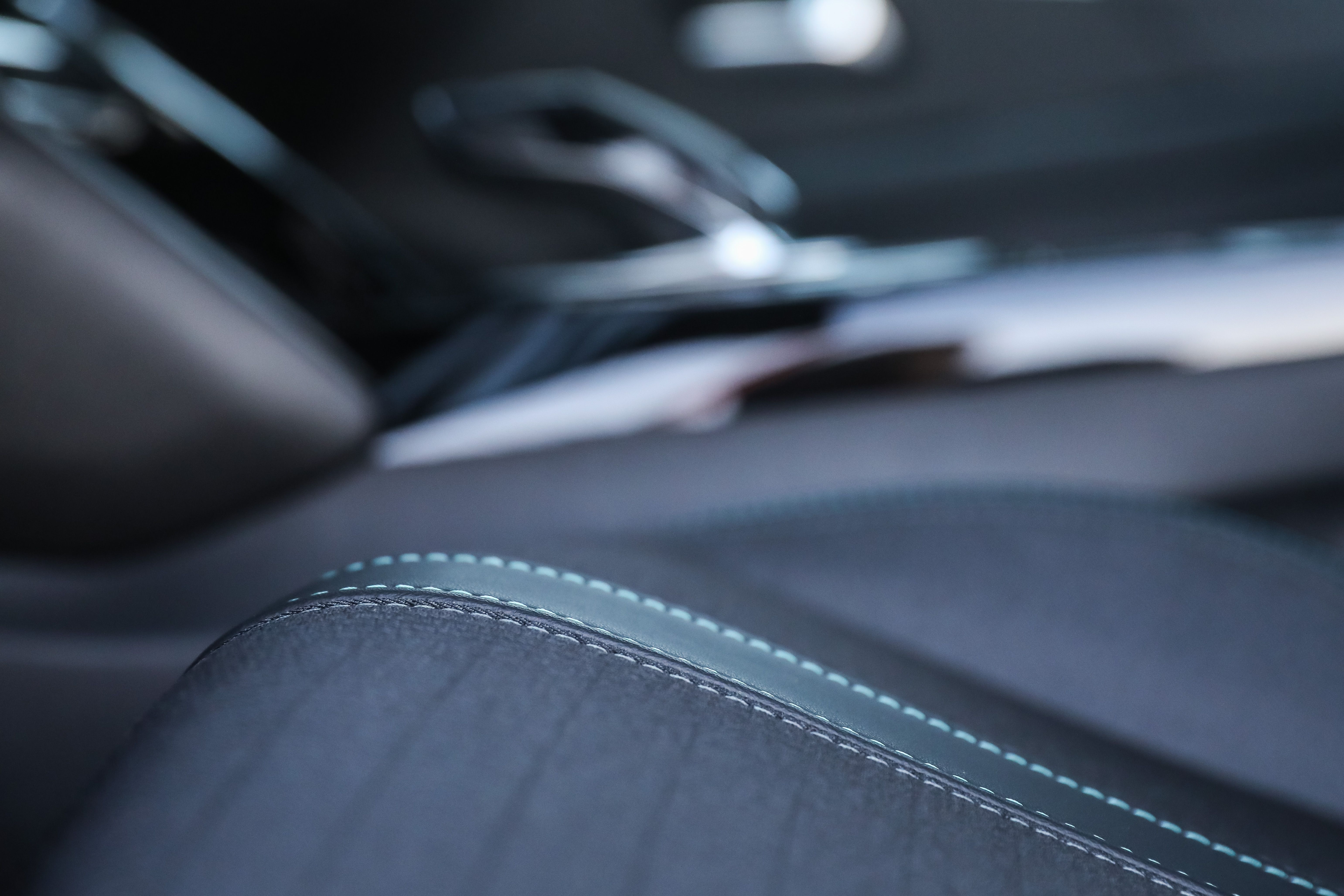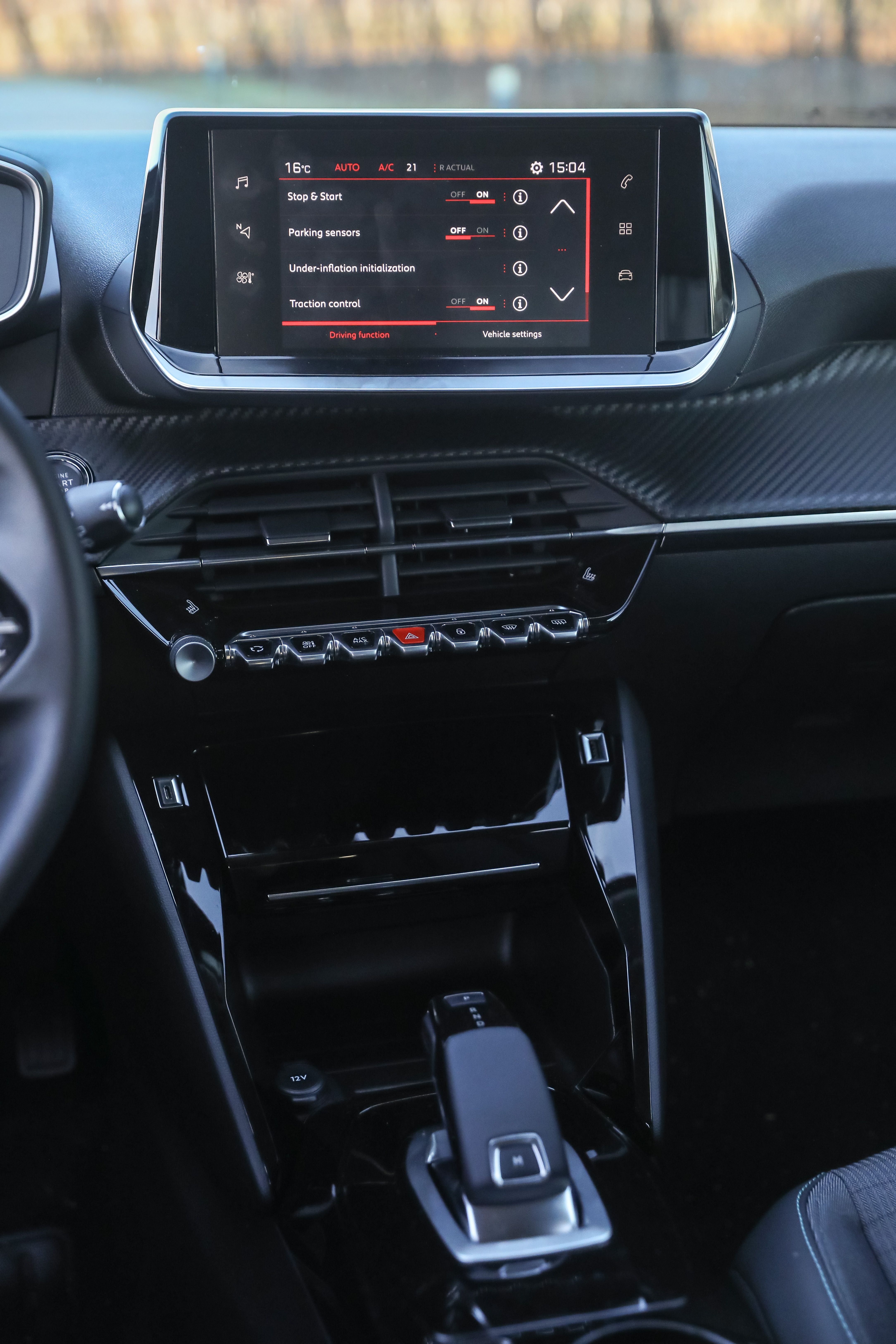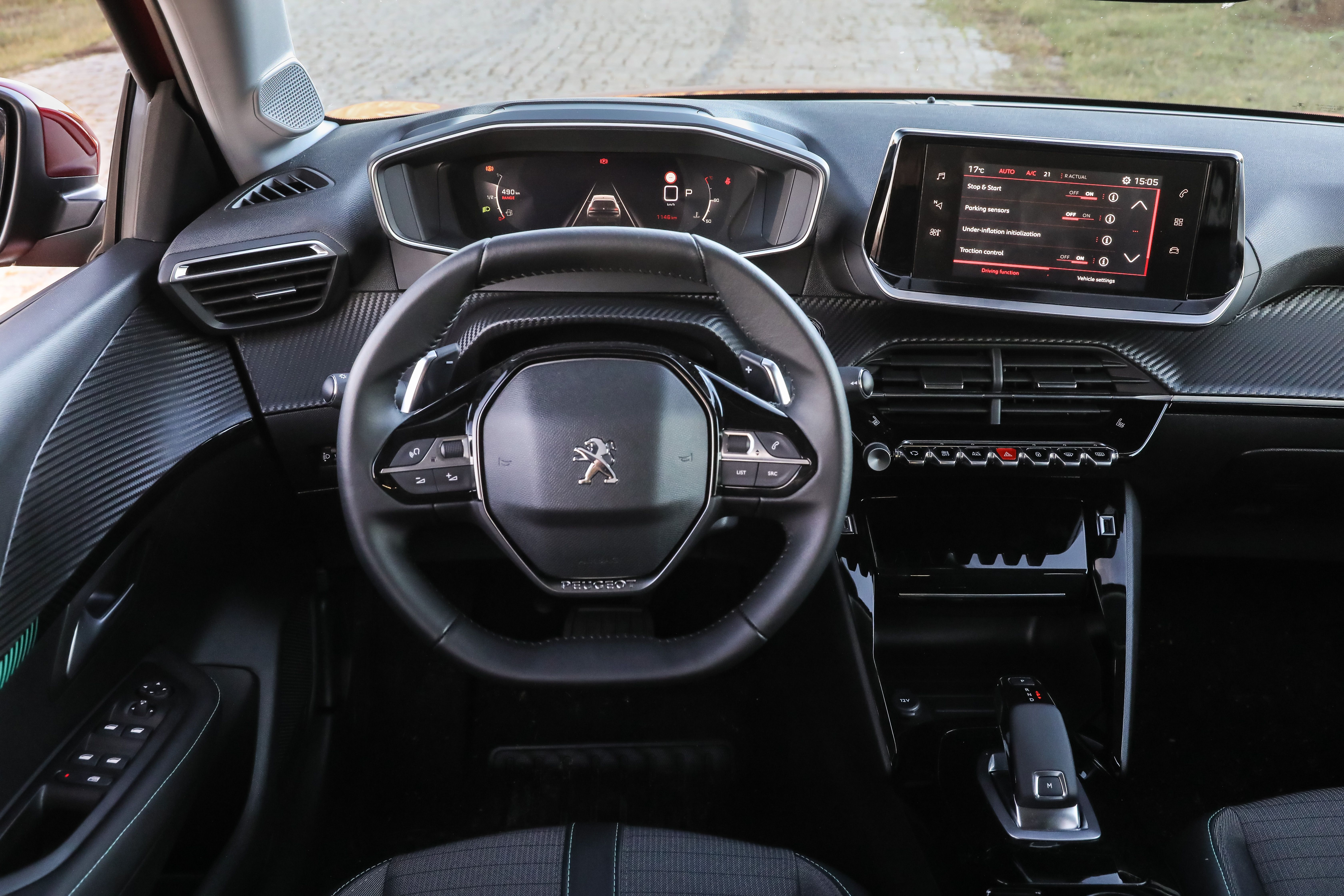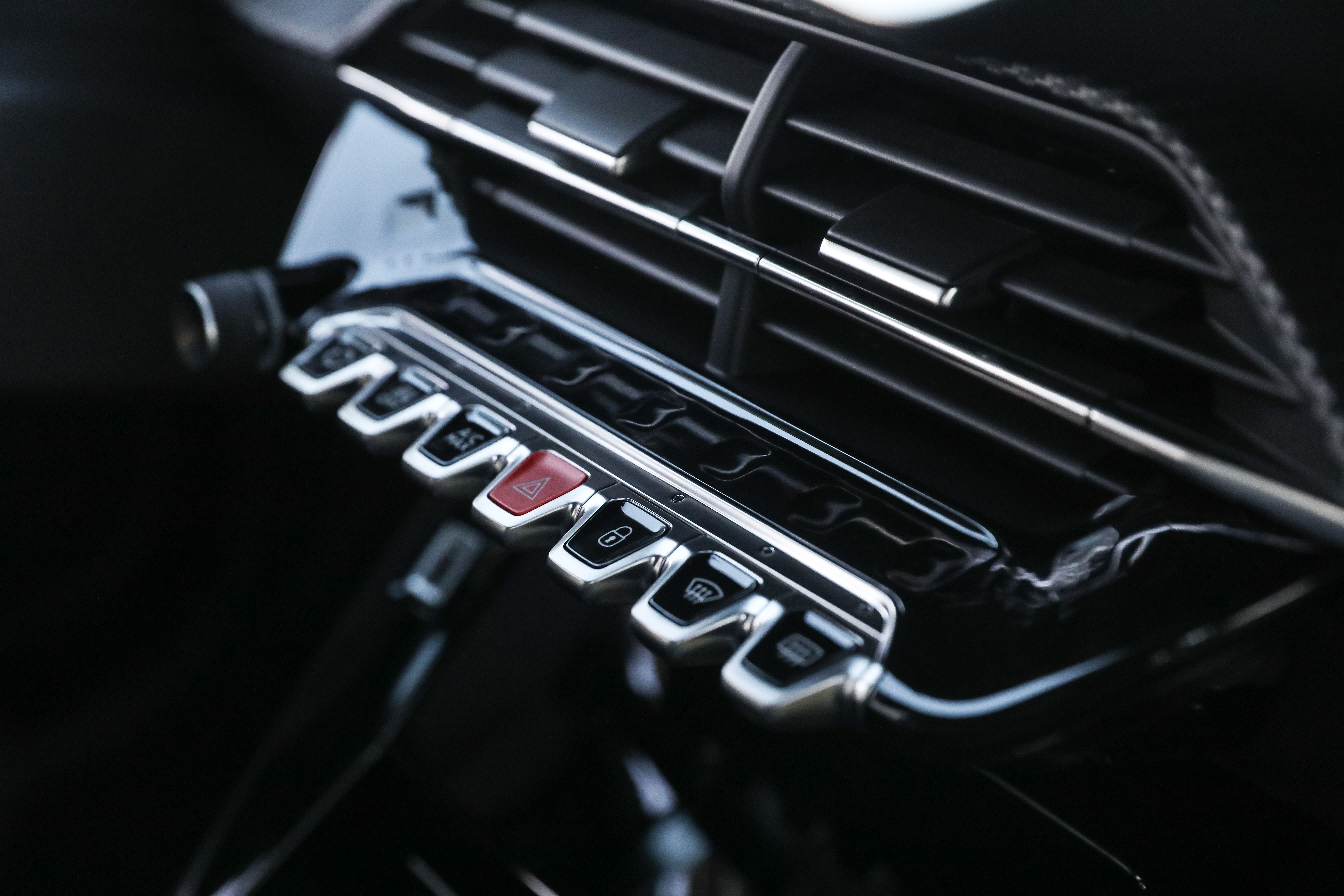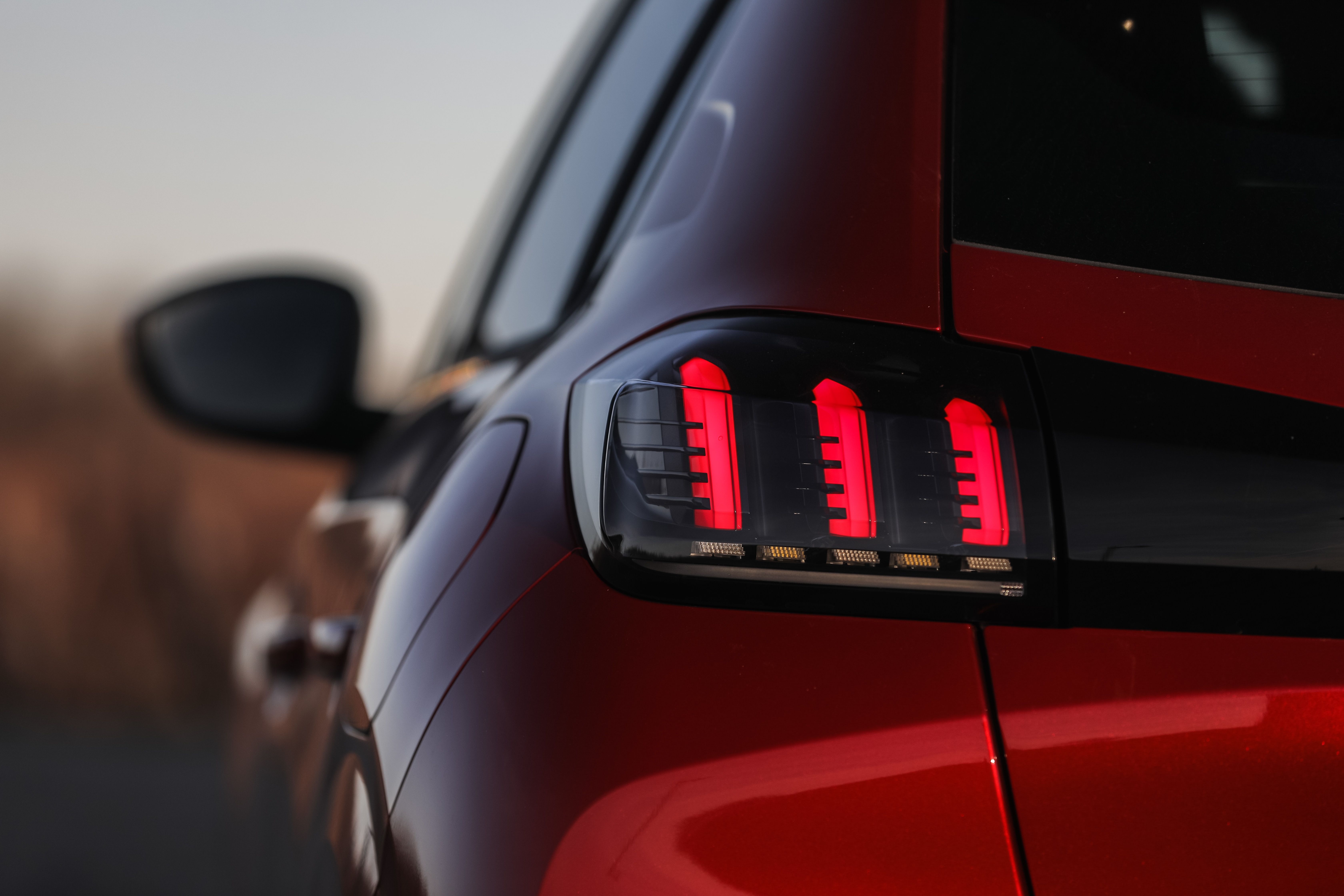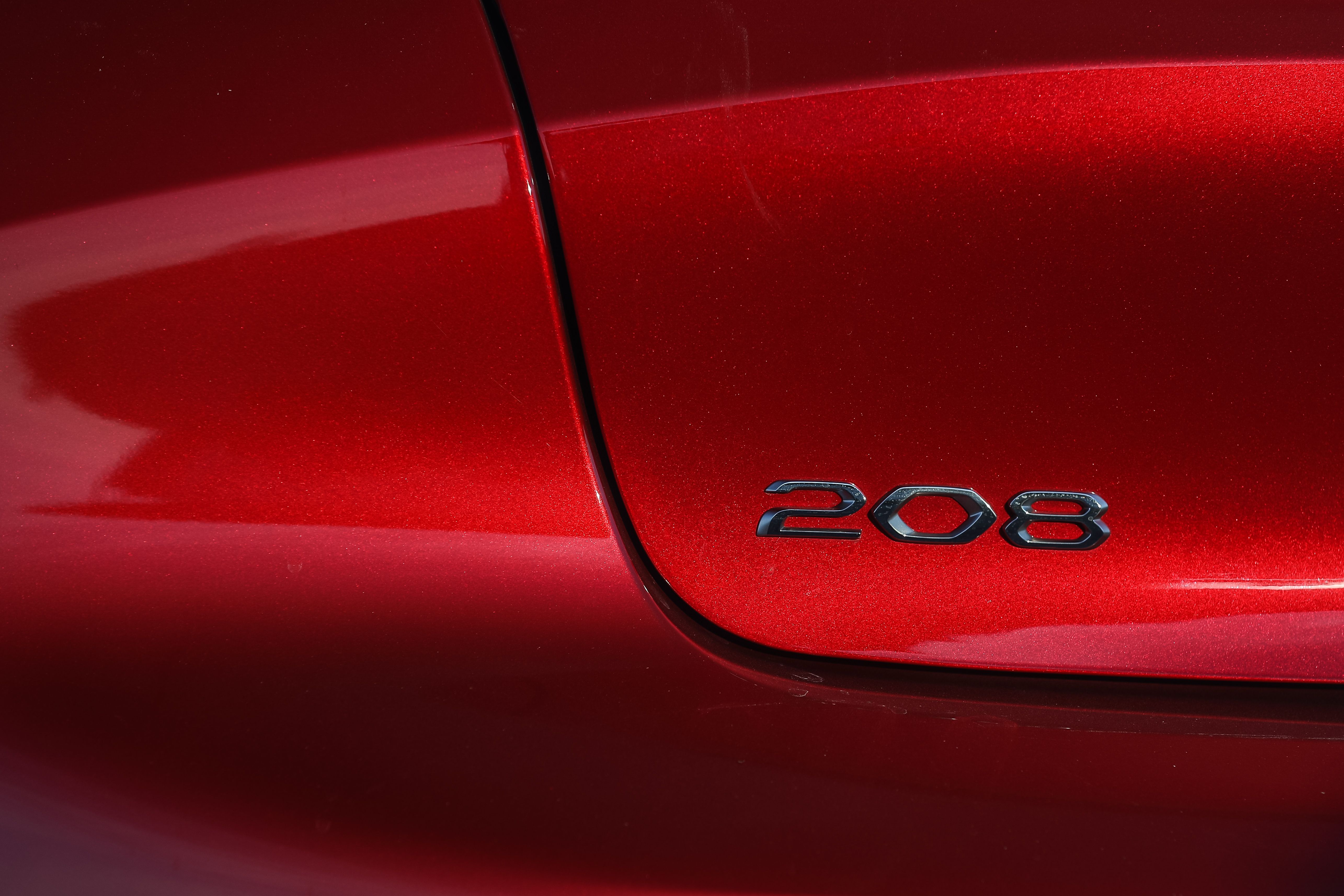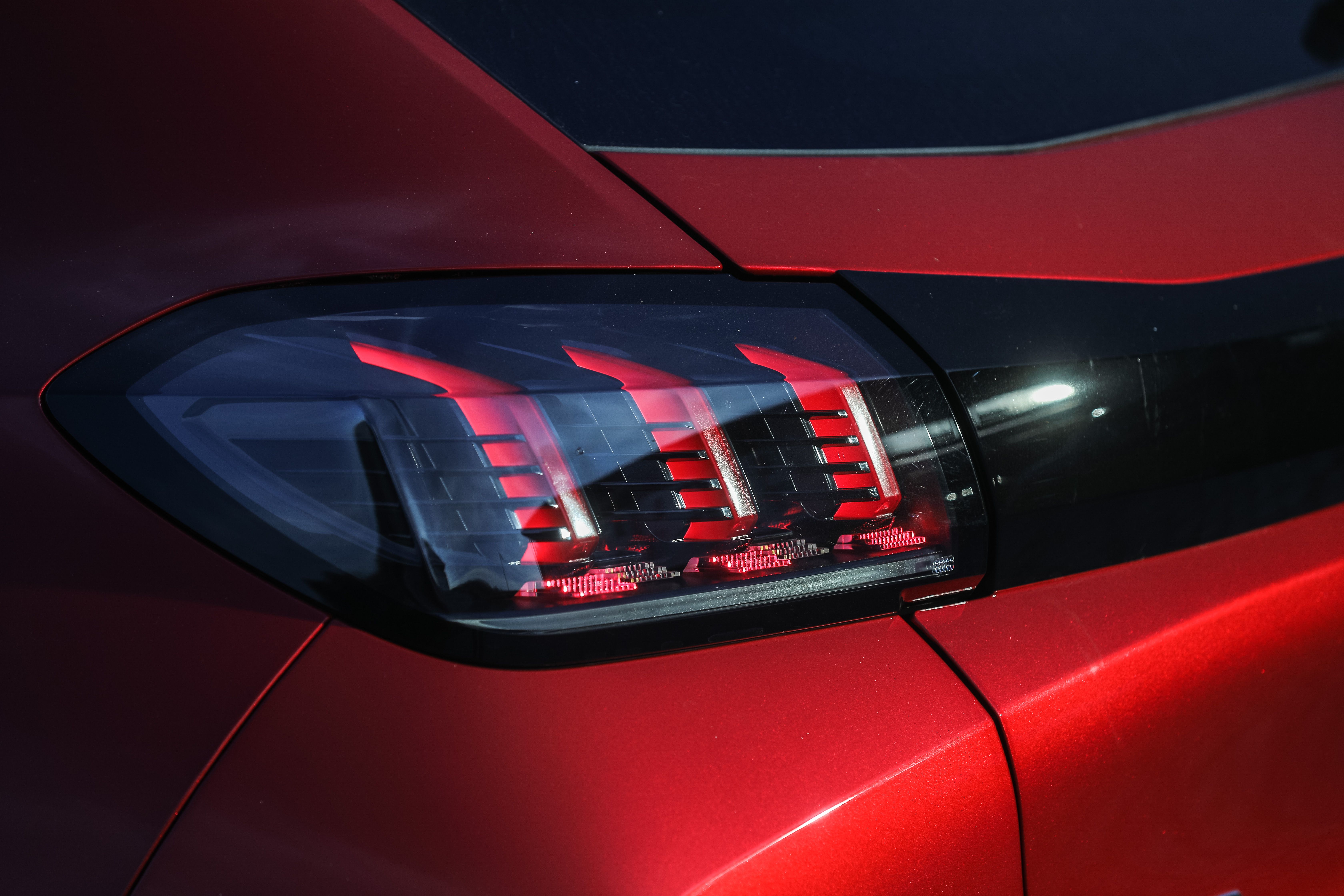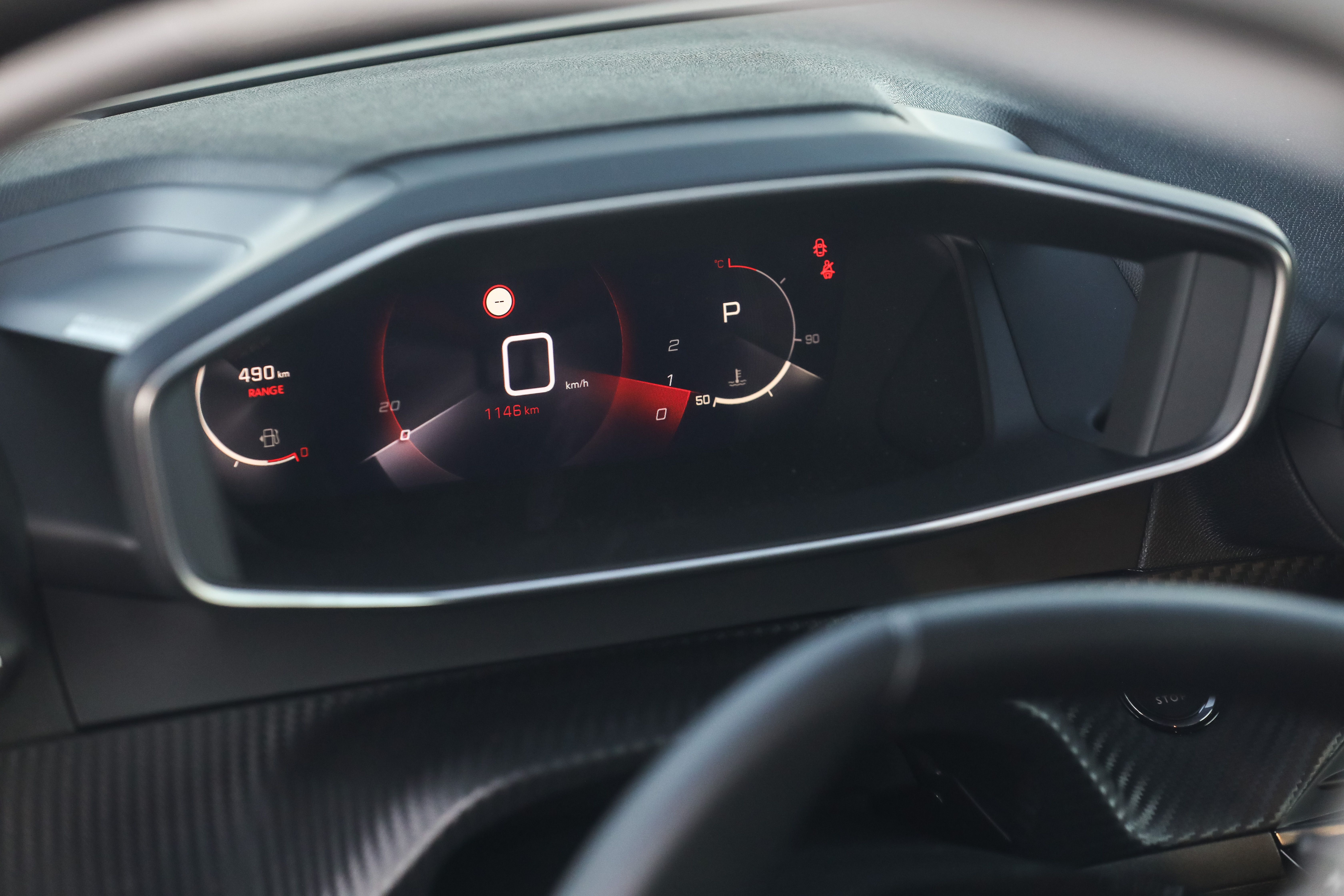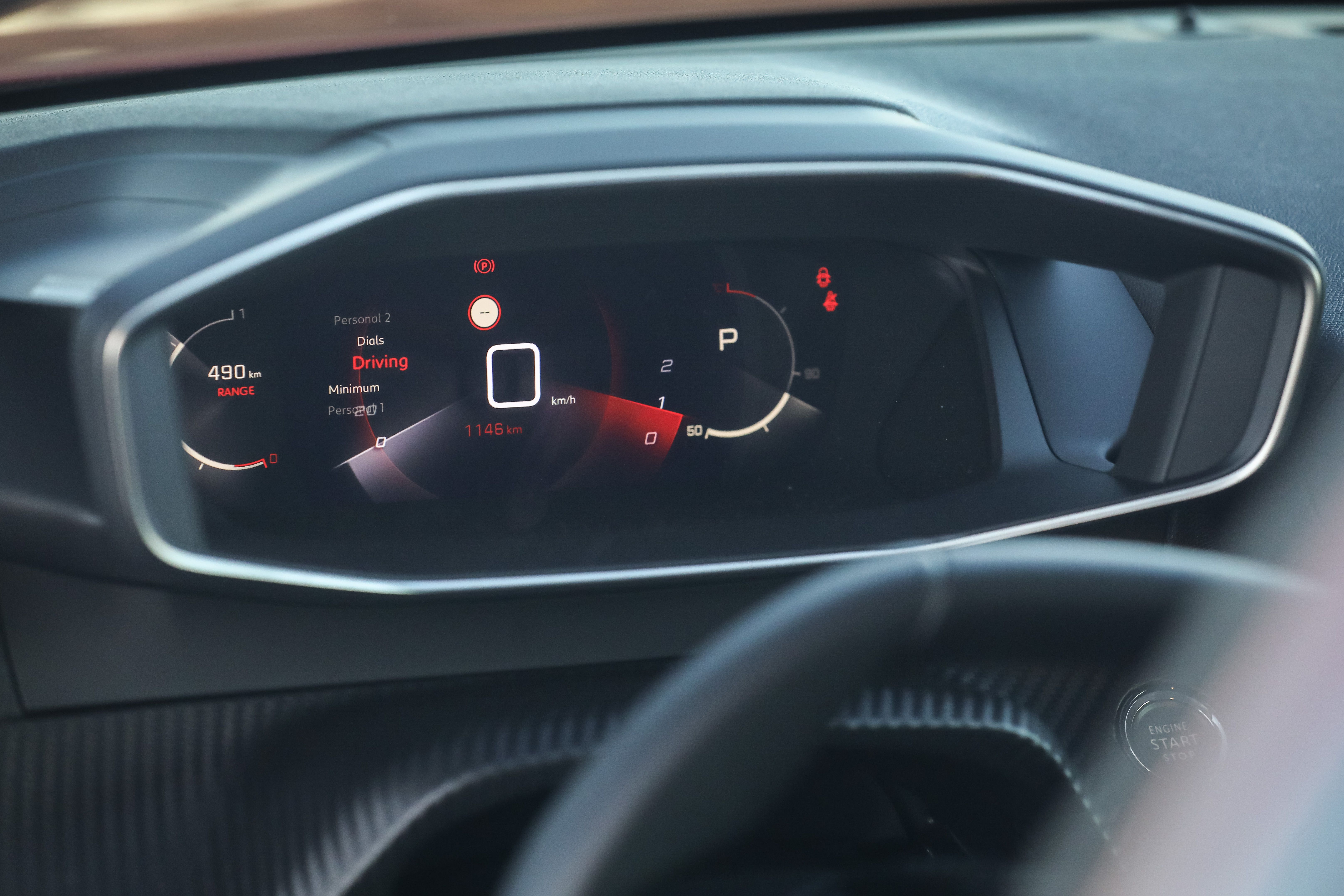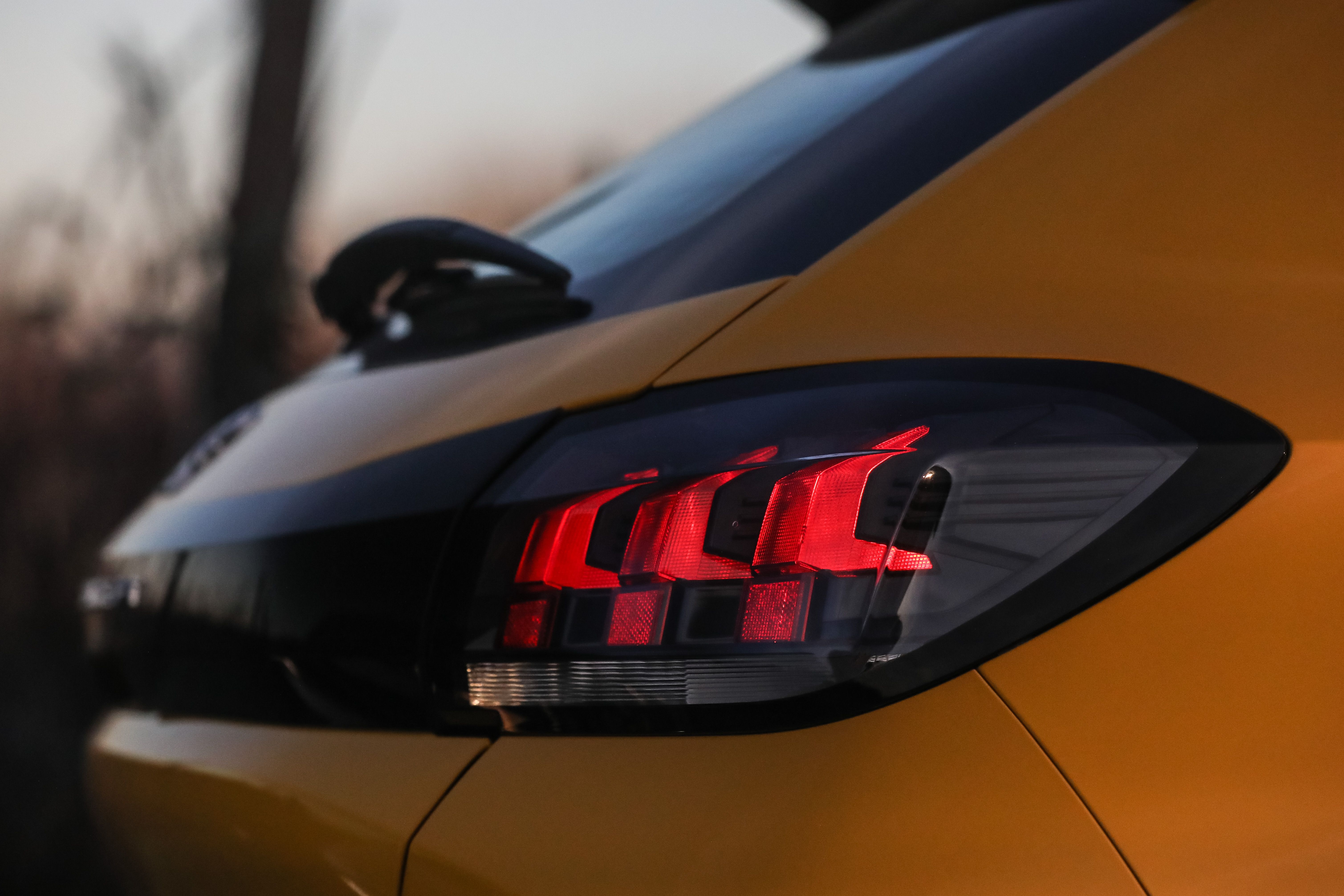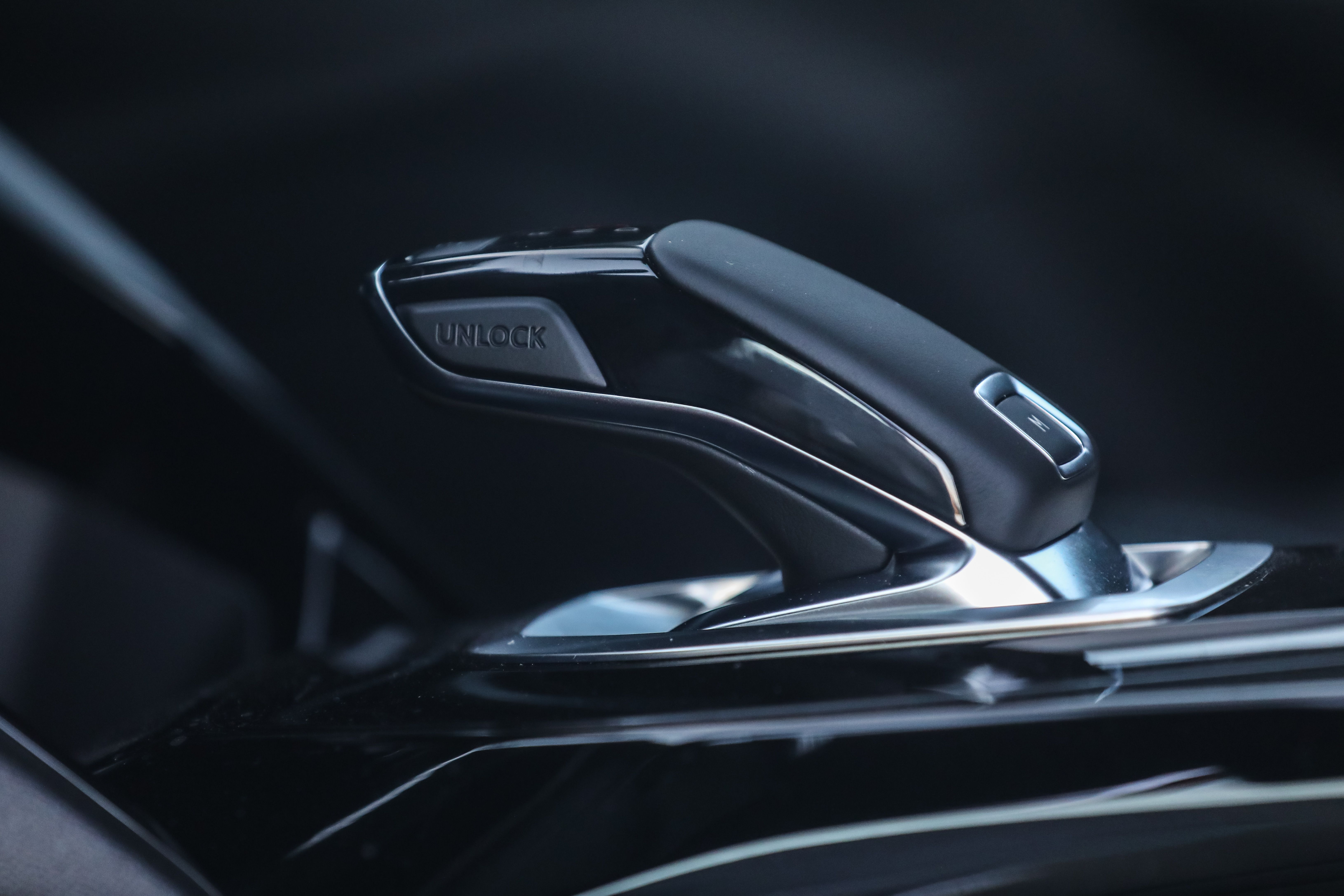We don’t have to tell you that Europe’s supermini segment is one of the toughest, cutthroat arenas in the car world, despite the fact that crossovers based the said superminis are poaching clients at a fast rate, just like they did with the sedan segment. In this context, Peugeot launched the new 208. No, it didn’t change its name to 209 as we would have expected, and that’s because Peugeot thinks the previous 208 had so much success that the same nameplate should stay for the new generation, too.
The French carmaker is adamant that the 208 is primarily a city car and, in accordance to that creed, Sochaux took all the measures it saw fit to make its new hatchback as appealing as possible. The fact that it will have to do battle against the likes of VW Polo, Renault Clio, Ford Fiesta, Opel/Vauxhall Corsa, and Dacia Sandero counted a lot in the general direction Peugeot led the new 208. We had the opportunity to get up close and personal with the sleek-looking hatch during a first-contact test drive, so here’s what we can report.
2019 Peugeot 208 - Driven
- Make: Array
- Model: 2019 Peugeot 208 - Driven
- [do not use] Vehicle Model: Array
Exterior
Definitely a strong selling point for the 208. Peugeot wasn’t afraid go full tech ahead with the new 208’s design, and the result is a sleek look that’s very, very inviting.
Viewed from the sides, the new 208 switches to a toned-down attitude compared to what lies in the front, but that’s just a temporary situation as the rear end comes to pick up from where the car’s kisser left off. Without being too in-your-face, the new 208’s rear triggered some signals in our head. As we were wondering why it looks so familiar with the three-stripe taillight design and the Peugeot-lettered black element uniting the said LED clusters, we had the revelation: the arrangement is quite similar to a Mustang’s rear section, albeit wrapped in a softened vibe, sans the muscular attitude. But we believe it suits the 208’s tech-y character quite well, and it also offers a balancing effect for all that drama that’s unravelling in front of the car.
Peugeot 208 exterior dimensions
|
Length (mm) |
4,055 |
|---|---|
|
Width (mm) |
1,745 |
|
Height (mm) |
1,430 |
|
Wheelbase (mm) |
2,540 |
Interior
The high-tech attire worn by the new 208 is well-reflected on the inside as well.
Which makes sense and then it doesn’t. We all know what a HUD is, and it’s obvious that it has nothing to do with the traditional instrument cluster. But in positioning the steering wheel quite low on the dashboard panel and shrinking it, too, Peugeot is forcing the driver to look up to the instrument cluster and not through the steering wheel. Speaking of which, having the steering wheel so close to your lap is a bit confusing at first, but the good news is that you’ll quickly get used to it. The fact that it’s easy to find a comfortable position in the driver’s seat also helps the accommodation process, so all in all, provided you get to ignore the HUD marketing gimmick (that doesn’t make it less confusing, though) the Peugeot 208’s driver’s side is a comfortable place to sit in.
Visibility, however, could have been better. The main culprit here is the A-pillar, which will block most of your visual field during turns. Then there’s the rear windshield, sloped and quite narrow that’ll keep you on your toes during parking maneuvers, but the 208 can be fitted with a rearview camera that’ll make your life easier. The images are displayed on the multimedia screen mounted on top of the dashboard, which is also tasked with providing a line of interaction between the user and the car. The only buttons you get inside the new 208 are positioned on the center console, and they are mostly climate control-related. Every other car function is accessed and fiddled with from the central infotainment display, and while we don’t necessarily like this approach, it’s pretty much something every carmaker is pushing for these days.
So we’ve established that it’s nice to sit in the front seats of the 208, but how about the rear? Well, not as good.
Peugeot 208 interior dimensions
|
Front/rear elbow room (mm) |
1,382/1,350 |
|---|---|
|
Front/rear shoulder room (mm) |
1,360/1,319 |
|
Front/rear headroom (mm) |
886/857 |
How it drives
Now’s the time to talk turkey, but don’t get your hopes too high.
Then there’s the steering: another example of a soft, not-much-feedback setup that’s first and foremost meant to help you zip and zap through narrow spaces, tricky parking lots, and crowded streets. In fact, these chores become a sort of fun activity in the 208, because of the combo between the steering wheel shape/size and how it actually reacts to your inputs. This also means you can say goodbye to any sort of sporty driving ambition - the Peugeot 208 is simply not built and tweaked for such purposes, and the steering/suspension duo is the first to send the memo.
Now, let’s talk engines. The offer on the table for the new Peugeot 208 consists of a 1.2-liter PureTech petrol mill available with either 75 horsepower, 100 horsepower, or 130 horsepower. The former is available with a five-speed manual, while the 100-horsepower unit can be bolted to either a six-speed manual or an eight-speed automatic sourced from Aisin. The auto box also employs a torque converter, with power and torque being sent to the front wheels exclusively. The 130-horsepower derivative is available solely with the automatic gearbox.
A diesel version is offered as well and it’s powered by a 1.5-liter BlueHDI diesel unit good for 100 horsepower. The diesel 208, however, can only be had with a six-speed manual gearbox. Last but not least, the 208 spawns its first-ever all-electric variant under the e-208 nameplate. The EV has a 50-kWh battery pack that feeds an electric motor good for 136 horsepower and 260 Newton-meters of torque.
During the test drive event, we got to have a go at the 100-horsepower, 1.2-liter petrol mill twinned to the eight-speed auto. Peugeot says this version can hit a top speed of 117 miles per hour (188 kilometers per hour) and accelerate from 0 to 62 miles per hour (100 kilometers per hour) in 10.8 seconds with only the driver found inside the car. As you can see, far from stellar figures, but that’s not the point here.
Right off the bat, we can report that this is the setup you want for heavy city use, at least until the all-electric 208 hits the market. The duo makes for a well-oiled ensemble as long as you don’t overreact with the throttle, and surprisingly, gear shifts are the smoothest we’ve ever seen in a Peugeot-badged car so far. A lot more refined than the six-speed auto Peugeot dropped inside the 2008, this transmission is something every customer should consider for two reasons: 1) it makes your life a whole lot easier around the city and 2) Peugeot’s manual gearbox aren’t yet on par with their rival’s when it comes to the smoothness of operation. Then again, if you’re a power city driver with access to a decent charging station, then it’s perhaps for the best to wait a tad and go for the e-208.
Practicality
As touched upon above, the 208’s front seats are a neat place to be. There’s an inductive charging pad right below the center console and you’ll find enough spaces to store your belongings without too much hassle. Egress and ingress are a tad trickier in the back, but we guess that’s alright for a hatchback this size.
Price
The cheapest Peugeot 208 money can buy in the U.K. is the 1.2-liter PureTech 75 Active fitted with a five-speed manual. It demands £16,250, but you’ll be getting a fleet-specced car. For £17,350, however, you can make the jump to a 1.2-liter PureTech 100 mated to the six-speed manual.
The Allure range starts at £18,850, while even the most basic GT Line model requires £20,700. Finally, The range-topping GT trim, reserved exclusively for the e-208, costs £29,250.
Competition
VW Polo
It’s impossible to overlook the Volkswagen Polo in this segment. Wolfsburg’s supermini has grown in size over the past generations to match older Golfs and in doing so, it was also updated with a hefty tech package, a roomy interior, and a well-rounded chassis. Sure, the Volkswagen Polo is still the design equivalent of your granddad’s fishing vest, but it’s hard to deny its prowess. Built on VW’s extremely versatile MQB platform, the Golf manages to hold its liquor when it comes to offering a dynamically-pleasant ride as well proper levels of comfort.
The Polo can be had in the U.K. with an assortment of 1.0-liter turbocharged petrol engines with outputs ranging from 80 to 115 horsepower if we exclude the GTI and GTI+ models which make use of a 2.0-liter, 200-horsepower mill. There’s also the choice of a diesel variant, namely the 1.6 TDI, essentially a 1.6-liter turbodiesel good for 95 horsepower, available exclusively with a five-speed manual. The Polo can also receive the slick-shifting seven-speed DSG dual-clutch gearbox for its petrol-powered iterations. Surprisingly, at entry-level point, the VW Polo is actually cheaper than the new Peugeot 208, as it starts at £15,185. Mind you, though, that a well-equipped Polo can sell for as much as £21,000, while a GTI-badged model will leave you without at least £22,000.
Read our full review on the 2019 Volkswagen Polo
Ford Fiesta
The supermini segment’s other enfant terrible is, undoubtedly, the Ford Fiesta. The current generation says goodbye to the troubled double-clutch PowerShift gearbox to favor a torque-converter-based unit that does more justice to the nimble Fiesta. You could argue that the current Fiesta has lost some of the feistiness of its predecessor and you’d be right, but in turn, it was fitted with a more modern-looking interior, better tech credentials, and swifter manual gearboxes.
While sporty a somewhat funky design, the Fiesta is definitely nicer to look at than the Polo, but not quite there yet in comparison to the new Peugeot 208. But as one of the best driver’s cars in this segment, does it need to? Speaking of which, U.K. customers can specify their Fiesta with either a 1.0-liter EcoBoost mill (power ranges from 100 to 140 horsepower), a 1.5-liter EcoBoost (200 horsepower in the ST), a 1.5-liter Duratorq diesel (85 horsepower) or the entry-level 1.1-liter TI-VCT (also 85 horsepower). Six-speed manuals and six-speed automatic gearboxes are also on the table, while in the U.K., the cheapest Ford Fiesta starts at £15,995, but an ST variant will set you back at least £21,000.
Read our full review on the 2019 Ford Fiesta
Conclusion
Before anything else, the new Peugeot 208 is a lot about the wrapping. You can look at it in relation to its predecessors or you can analyze it by looking at its rivals. Either way, the new 208 is a good looking car and that’s something nobody can deny. However, the aesthetically-pleasing exterior hides some traits that could have been a tad better. We would have liked something else than harsh plastics on the insides of the doors, a glitch in the matrix if we look at the 208’s interior as a whole. The digital instrument cluster is indeed spectacular and the cabin is nicely laid out topographically-speaking, but there’s just a lack of quality and bind-ness that puts the 208 behind of the segment leaders. Comfort is also on par with our expectations and right there with the competition, just don’t ask the 208 to attack corners like the Fiesta or the Polo.
However, Peugeot’s greatest advantage with the 208 is related with the car’s electric variant, the e-208. If it launches as planned, the French carmaker will get ahead of other segment players, with the possibility of becoming a trendsetter in electrifying the supermini niche (the all-electric Corsa will do that as well, but after the Opel-PSA marriage, it’s virtually the same vehicle as the 208, minus the interior and exterior design).

